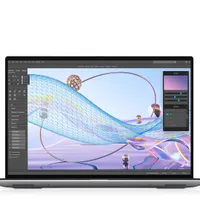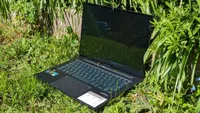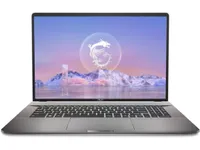The best laptop for animation: expert recommended for beautiful displays and powerful processors
We fully test our laptops before inclusion to ensure they're perfect for animation.
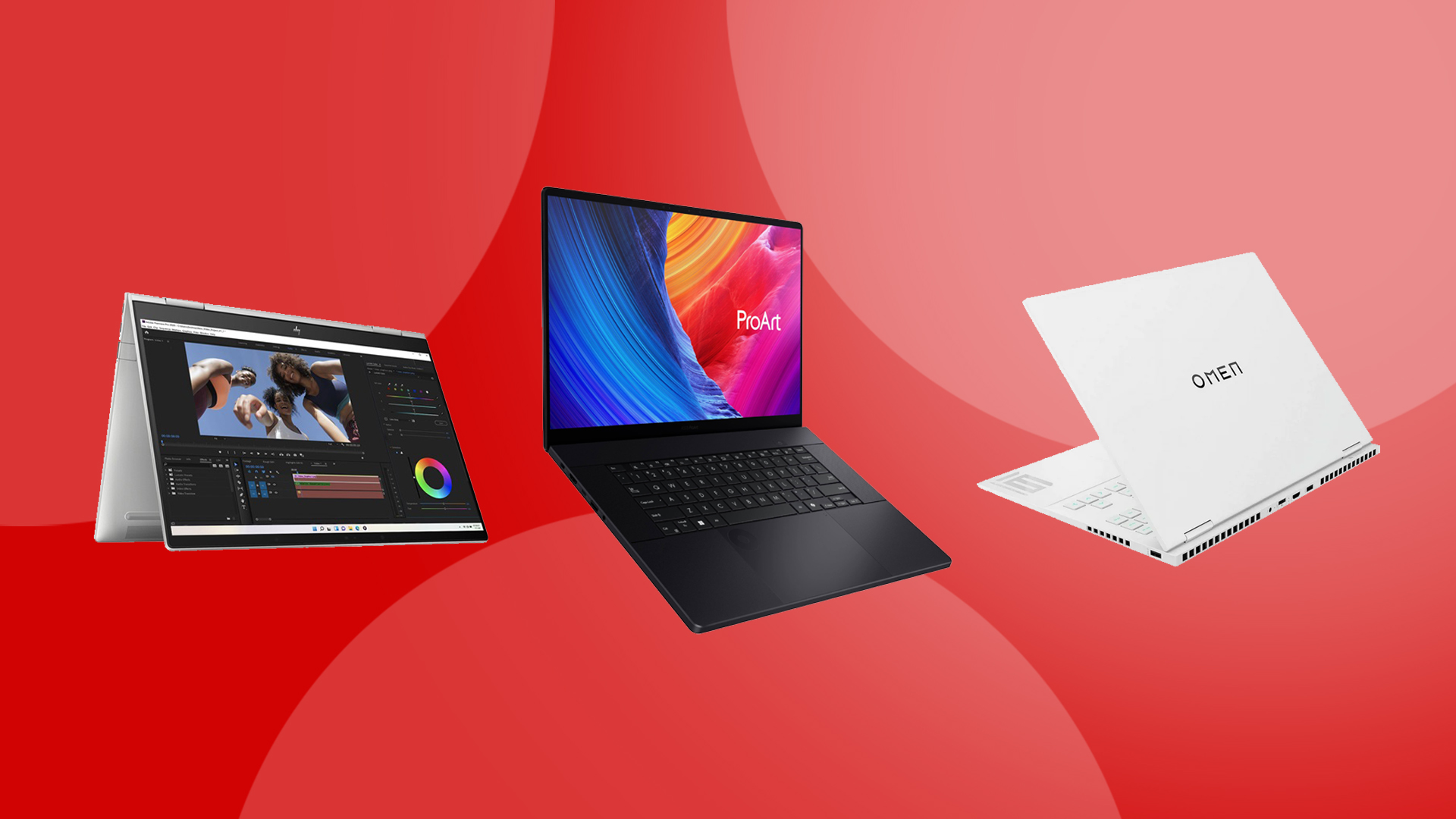
The best laptop for animation is one with a robust CPU, capable graphics card, and enough RAM to handle demanding animation software like Blender, Maya, and After Effects. Each model on our list has undergone rigorous industry benchmark testing to ensure performance standards are met. And our top choice right now is the ASUS ProArt P16 as it combines exceptional processing power with a stunning OLED display.
There are plenty more great laptops for animators out there, though, so we’ve included a number of other strong options below. Meanwhile if 3D is your main focus, check out our guide to the best laptops for 3D modelling too.
The top 3 laptops for animation
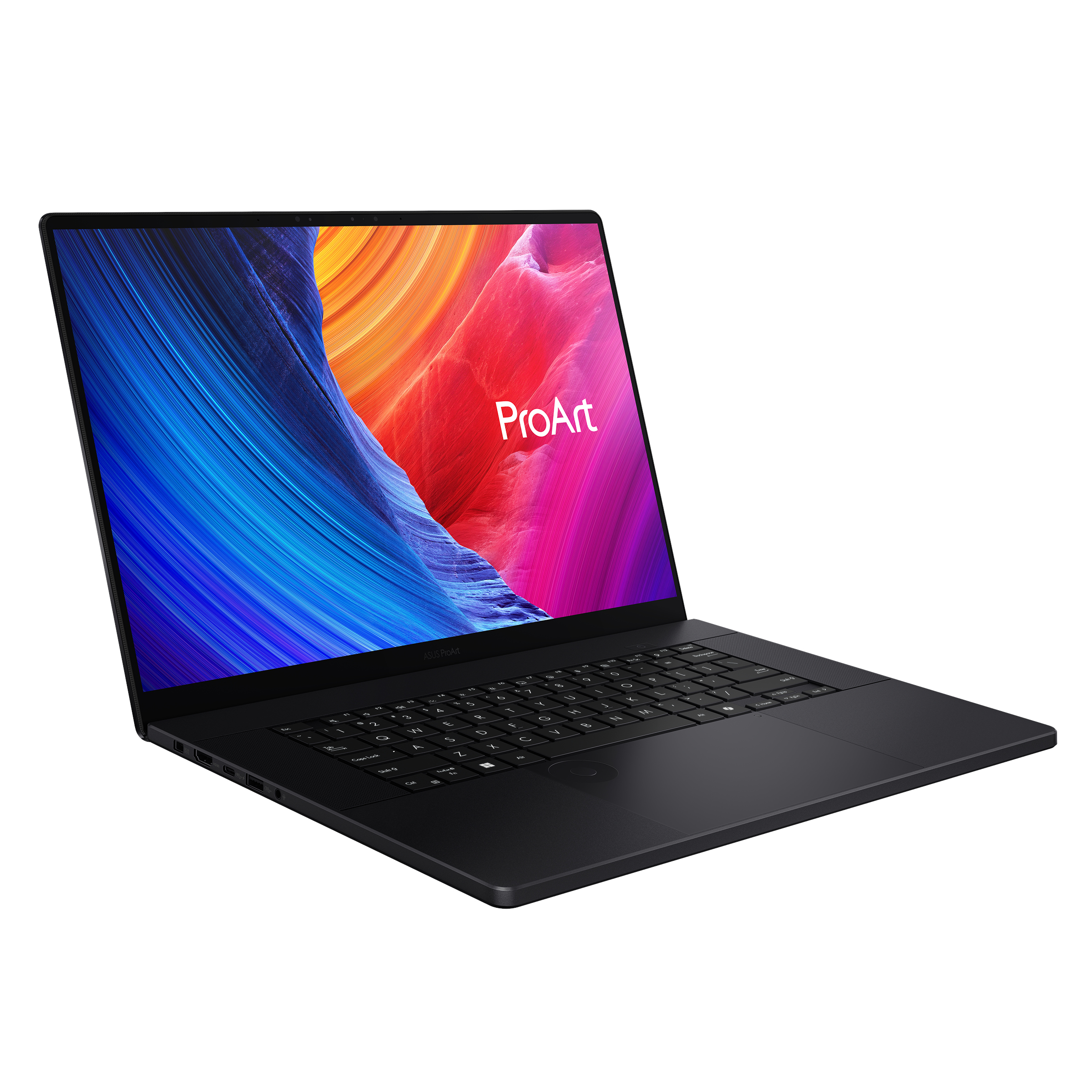
The ASUS ProArt P16 is our top choice today for animators. This Windows laptop is a fast worker, has top-tier graphical performance, and boasts the famous ASUS Dial, which can help when scrubbing through animation timelines or fine-tuning brush sizes.
Read more below
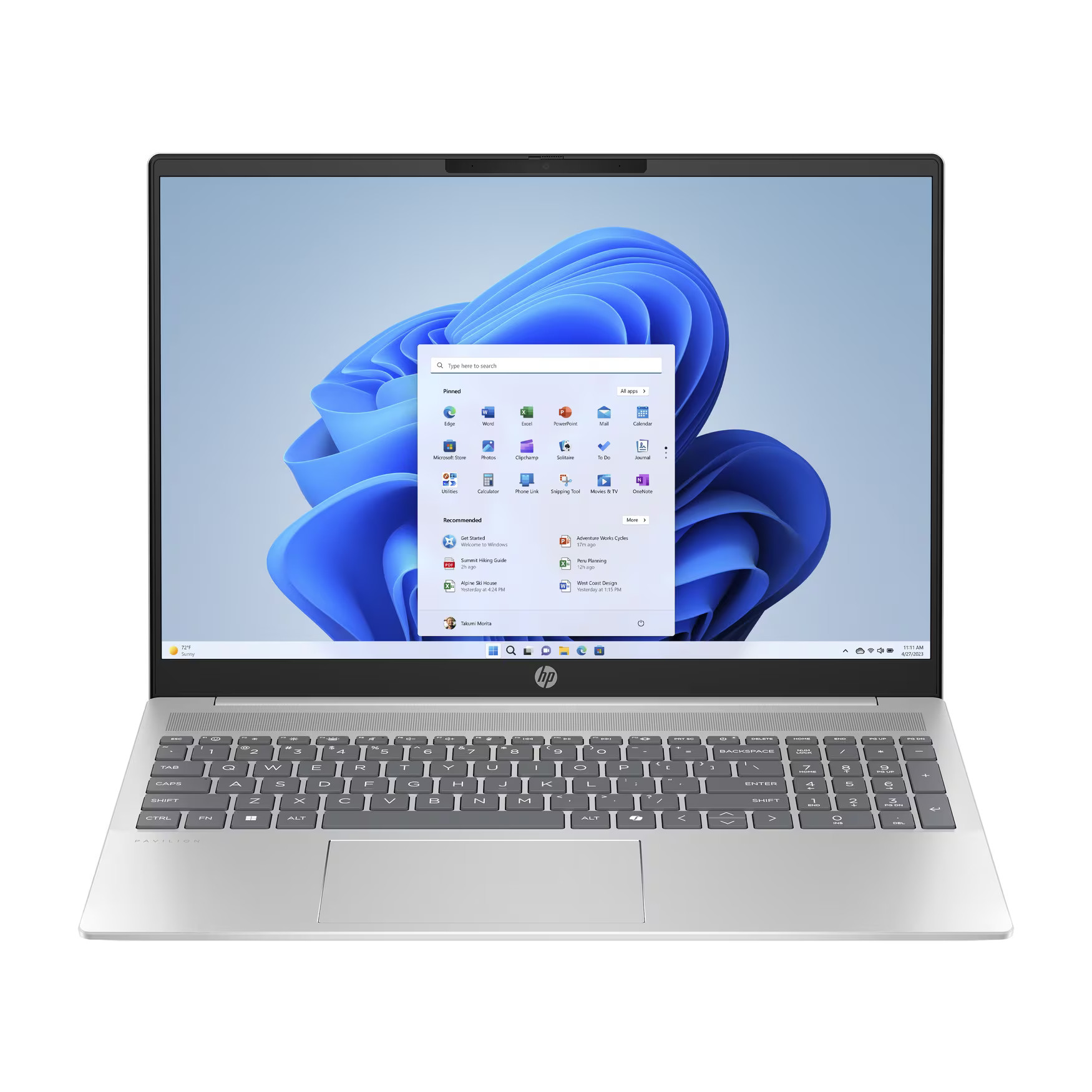
If you're looking to keep your spend under a grand, this large laptop offers a generous 16-inch screen, strong battery life and decent enough graphical performance for most animation purposes. It ain't fancy, but for the money it'll get the job done.
Read more
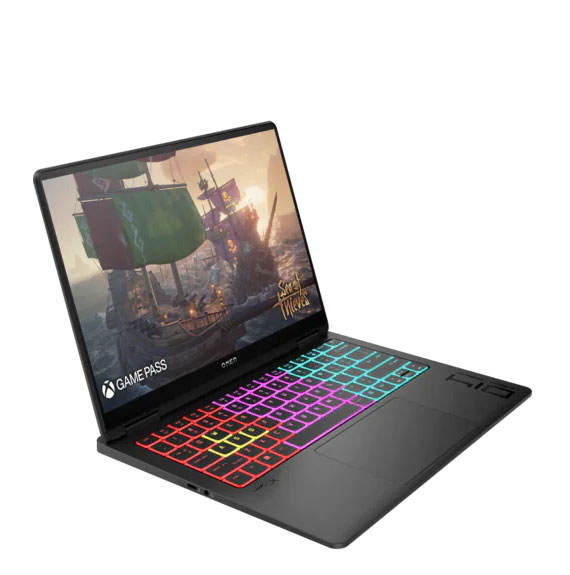
When we tested this sleek device, we found it to be one of the new generation of gaming laptops that don't look like gaming laptops, aka the holy grail for creatives. Perfect for power and portability, this gaming laptop is a creative's dream.
Read more
The best laptop for animation in full
Why you can trust Creative Bloq
The best laptop for animation overall
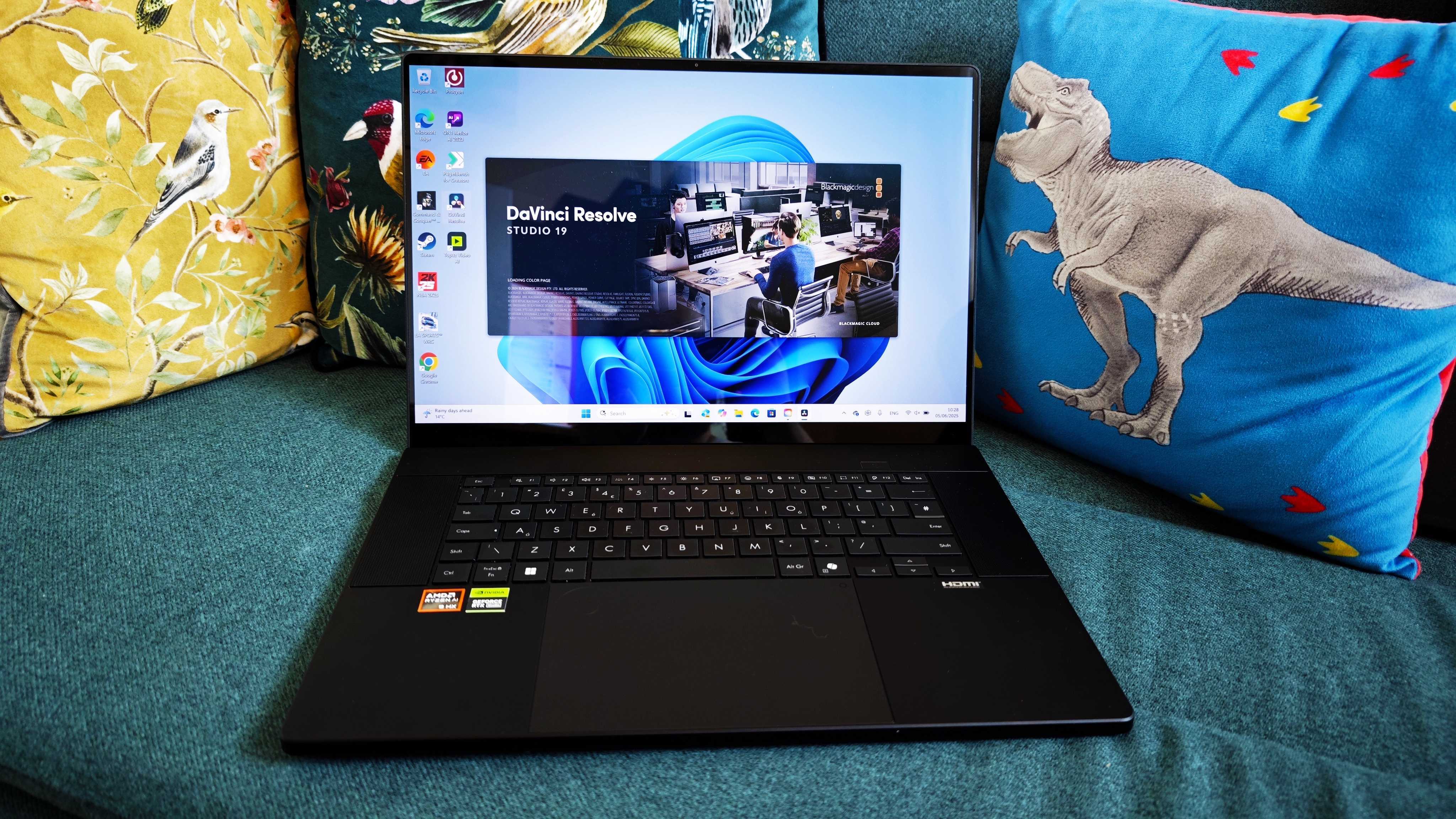
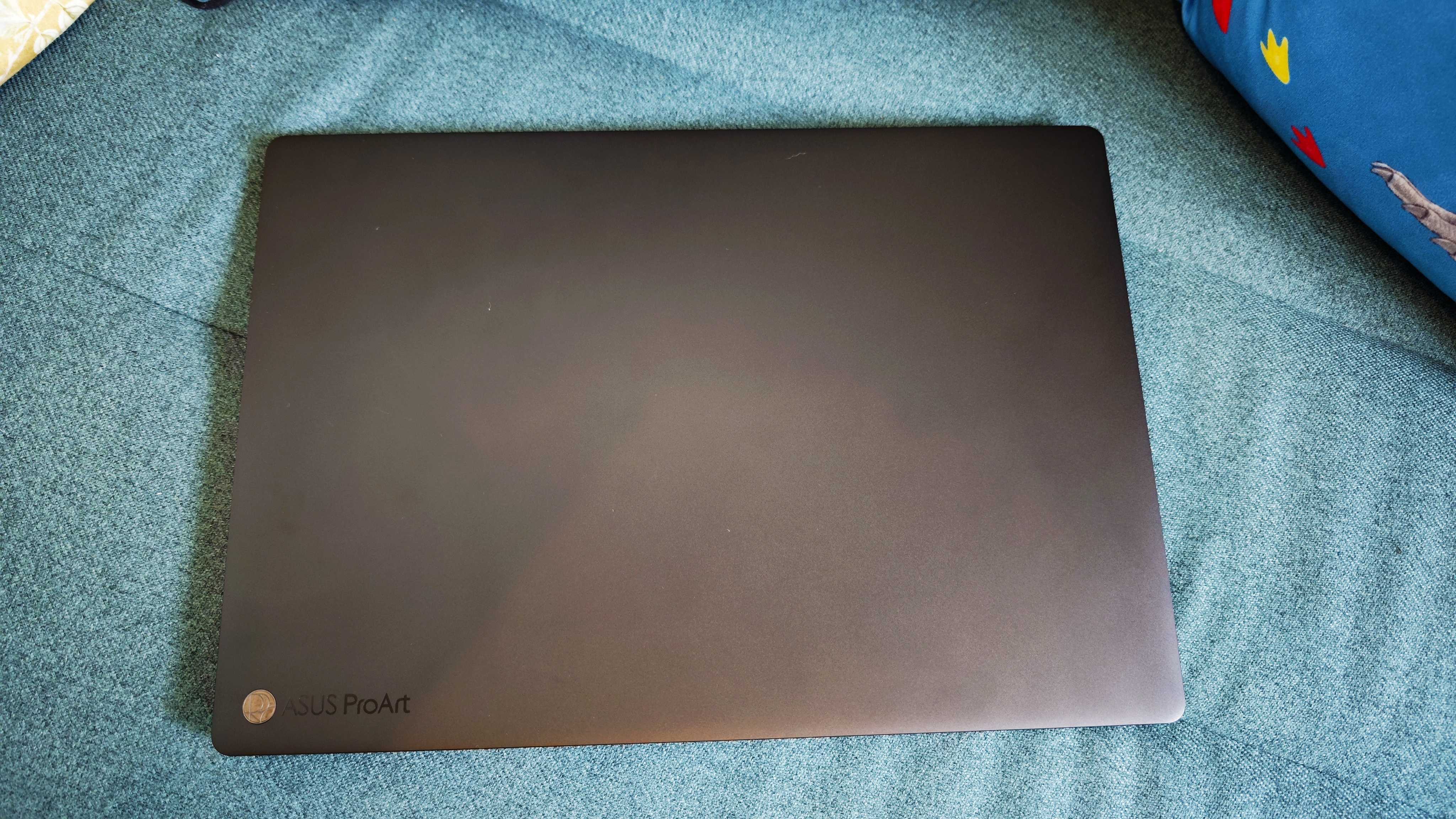
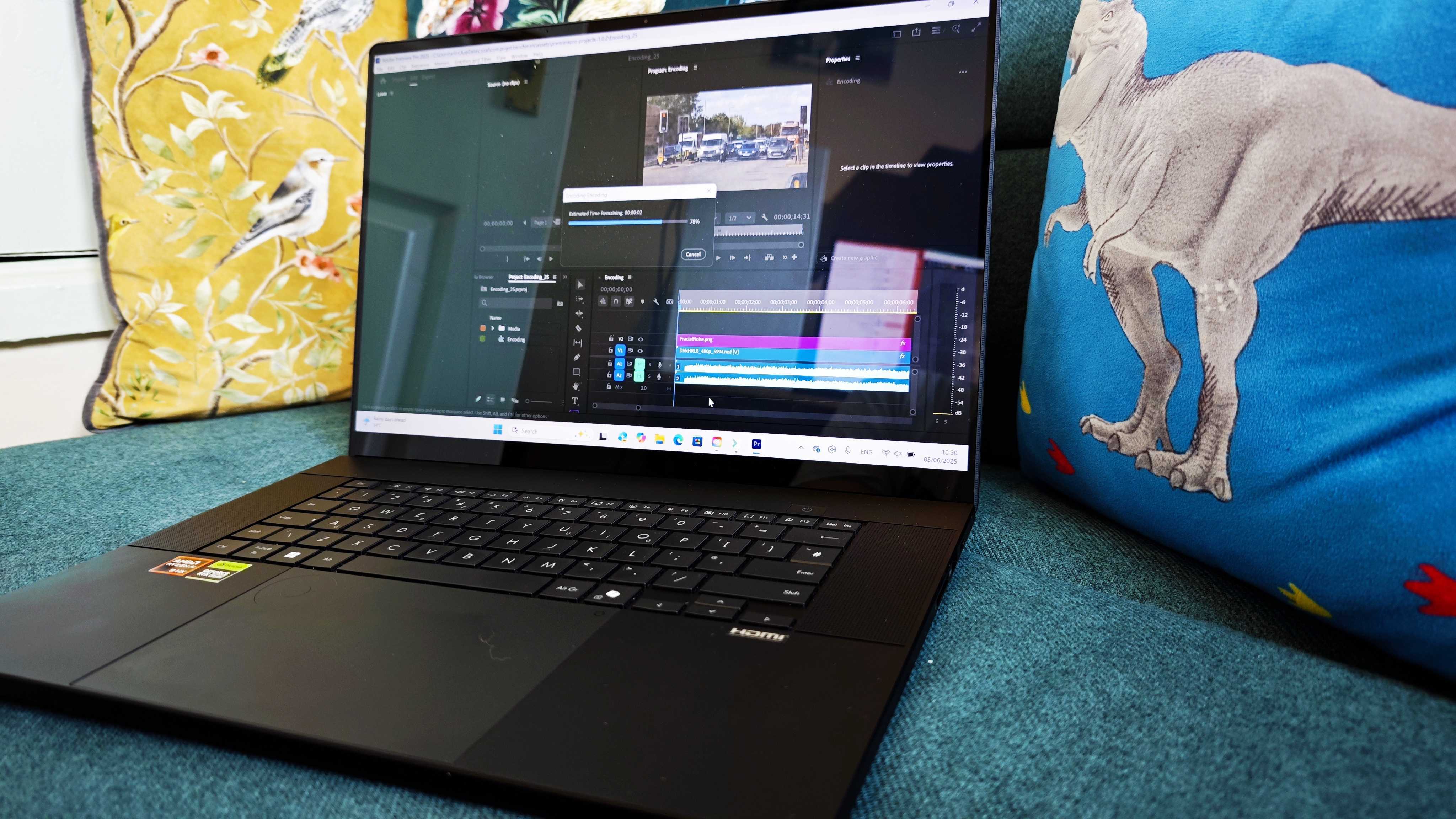
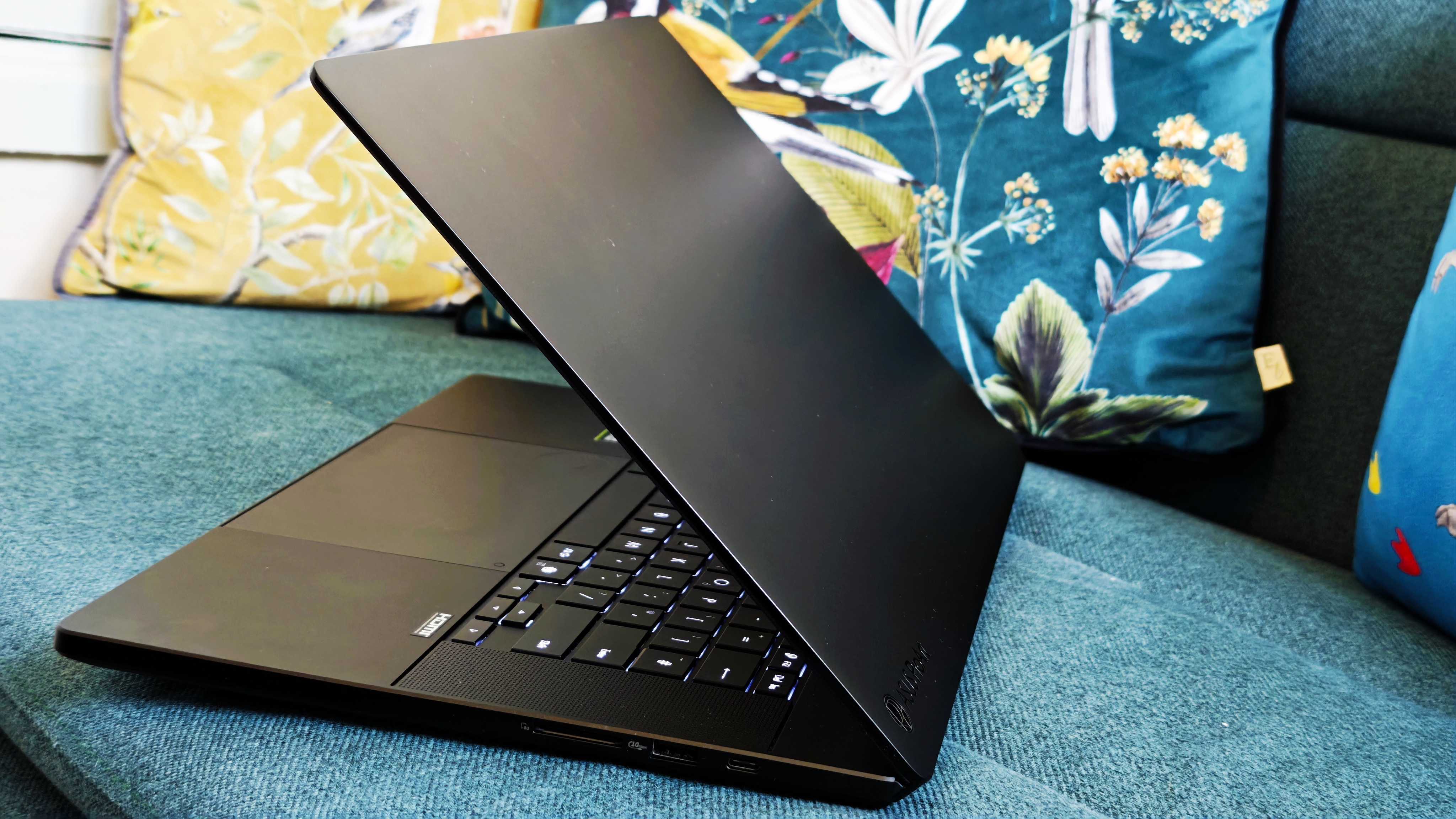
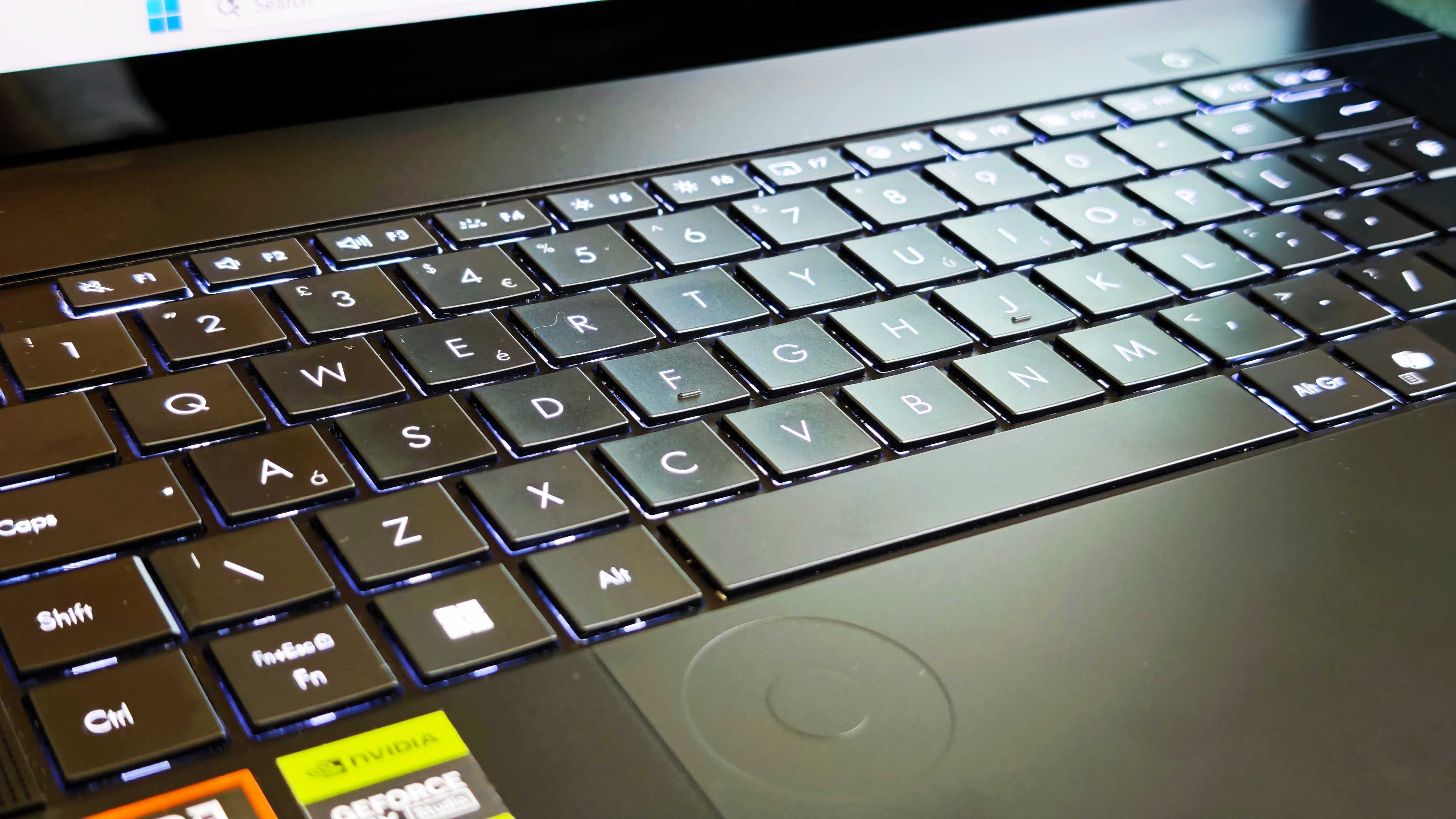
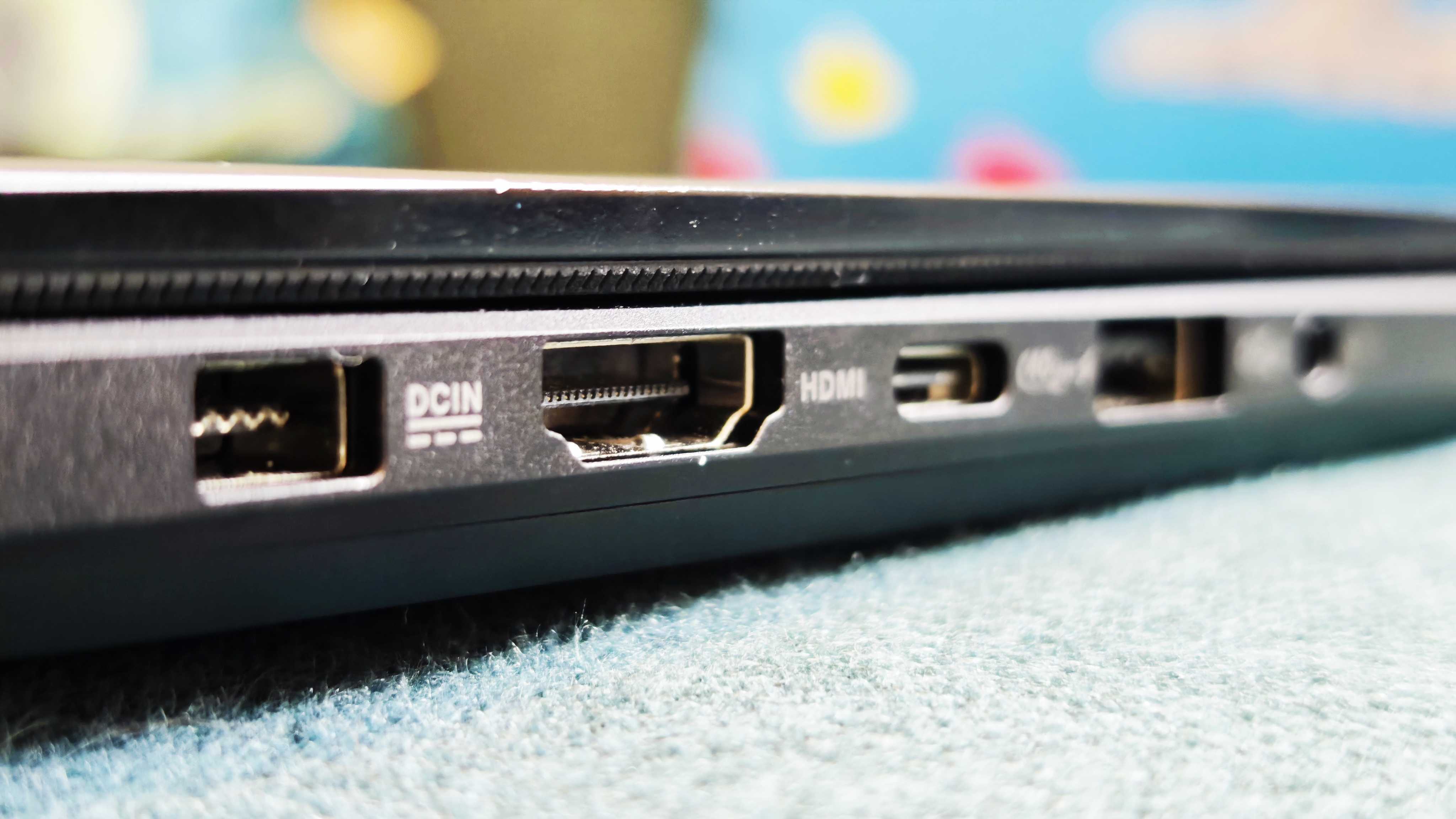
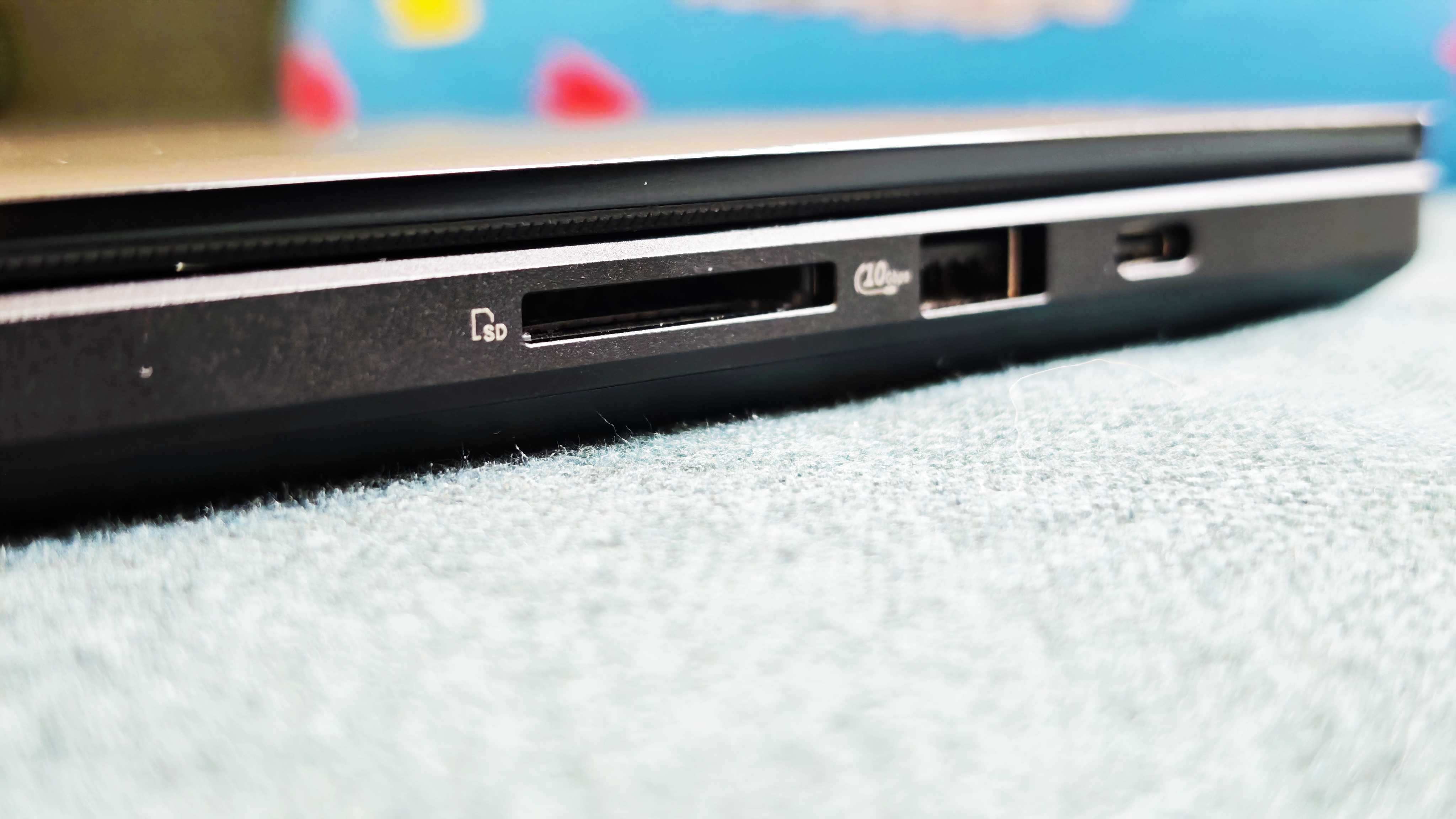
Specifications
Reasons to buy
Reasons to avoid
30-second review: The ASUS ProArt P16 (2025) is our top choice today for animators seeking a powerful and versatile laptop. It's even better than the 2024 version, which until very recently (i.e. until before I wrote this sentence) was out top choice for animators seeking a powerful and – well, you get the idea. AI-powered smarts pair with a slick, capable screen and dazzling graphical performance – really, what more could you ask for?
Price: A price of £2,799.99 in the UK, and $2,899.99 in the US certainly puts it in the upper echelons, but if you are facing a demanding animation workflow, dabbling in 3D, then the ASUS ProArt P16 more than justifies itself.
Design: Weighing almost 2kg, the ProArt P16 isn't the ideal choice for on-the-go agility – but that's not really the selling point. It boasts a lovely 16-inch 3K OLED touchscreen display with 100% DCI-P3 color gamut coverage, ensuring vibrant and accurate colours crucial for animation work. While the resolution has been downgraded from the 2024 version's 4K, the refresh rate has been upped from 60Hz to 120Hz, meaning your animations will look and feel much smoother.
Our reviewer enjoyed using the ProArt P16 (2025)'s ASUS Dial: a physical control that allows for precise adjustments in creative applications. It's particularly good for animation, as it allows you to easily scrub through animation timelines or fine-tune brush sizes. One small annoyance though – the power port has been redesigned to be an ASUS proprietary port, meaning you can't buy generic chargers. Booo.
Performance: This Windows laptop is a fast worker, and its graphical performance is top of the line right now. The AMD Ryzen AI 9 HX 370 CPU pairs with an AMD XDNA NPU with up to 50 TOPS AI performance – so if you've integrated AI tools into your animation workflow, the ProArt P16 will be able to keep up. The graphical performance is frankly ludicrous thanks to the new NVIDIA GeForce RTX 5070, replacing the 4070 on the previous model to deliver what we measured as a 25-28% improvement.
For 2D animation, all this is ample power – more than you really need. With 64GB of RAM and 2TB SSD of storage (that can be expanded if needed), you'll be well-equipped to venture into the world of 3D animation if you want to, or just crunch through 2D animation tasks exceptionally quickly.
Battery: This was never exactly going to be the ProArt P16's forte. With that in mind, our test result of six hours' continuous video playback on a battery charge is pretty good, and considering that this laptop isn't really designed in any way for portability, it's unlikely to be a deal-breaker for many people.
Read more: Asus ProArt P16 (2025) review

"After testing this laptop for a month, it's my new favourite creative powerhouse offering everything an ambitious creative professional could hope for. The touchscreen makes it ideal for artists who want to have hands-on control of their creation, and the colour and brightness is a video editor's dream"
The best budget laptop for animation

Specifications
Reasons to buy
Reasons to avoid
30-second review: If you're looking to stay under a grand, the HP Pavilion 16 will tuck in nicely under your budget. It's not the most exciting laptop, but with a large display and Intel Arc graphics, it's viable for budding animators who don't need the most high-end performer. The 32GB RAM keeps things moving at a healthy clip, and we were also impressed by the generous battery life.
Price: Here is where the HP Pavilion 16 really shines – its value for money. You can generally pick one up for as little as $650 or £699, and in the USA we've seen it go as low as $459 with limited-time discounts. For a laptop capable of handling animation work, that's excellent value, and it cements the HP Pavilion 16 as our budget pick.
Design: While it's large, the Pavilion 16 is pleasingly lightweight – coming in under 2kg, it's a viable laptop to take on the go with you provided you have a bag big enough. In terms of the display, the 1920x1200 is hardly exceptional in terms of quality, but its 16-inch size gives you generous room to see what you're doing, as well as providing a comfortable amount of real estate for touch and swipe gestures.
Performance: Lots to recommend here. You get plenty of ports, including two USB-C and two USB-A, as well as HDMI port and audio jack. And the 32GB of RAM means the laptop is more than capable of handling the demands of most animation software. It's in graphical performance that you may find an issue; results in our benchmark tests were decent but not exceptional. That's about what you'd expect from a machine with integrated graphics, even if it is Intel Arc.
Battery: No complaints. The battery life of the HP Pavilion 16 held up well in our testing, even factoring in the power drain of that large display, and you shouldn't have trouble coaxing a full day's work out of it without needing a charge.
Learn more in our full HP Pavilion 16 review.
"The HP Pavilion 16 is a lightweight, budget-friendly all-around work laptop. The strong battery life paired with great ergonomics makes it comfortable to use for extensive period,s and features like AI functionality and touchscreen capabilities make it an affordable choice for animation work".
The most portable laptop for animation
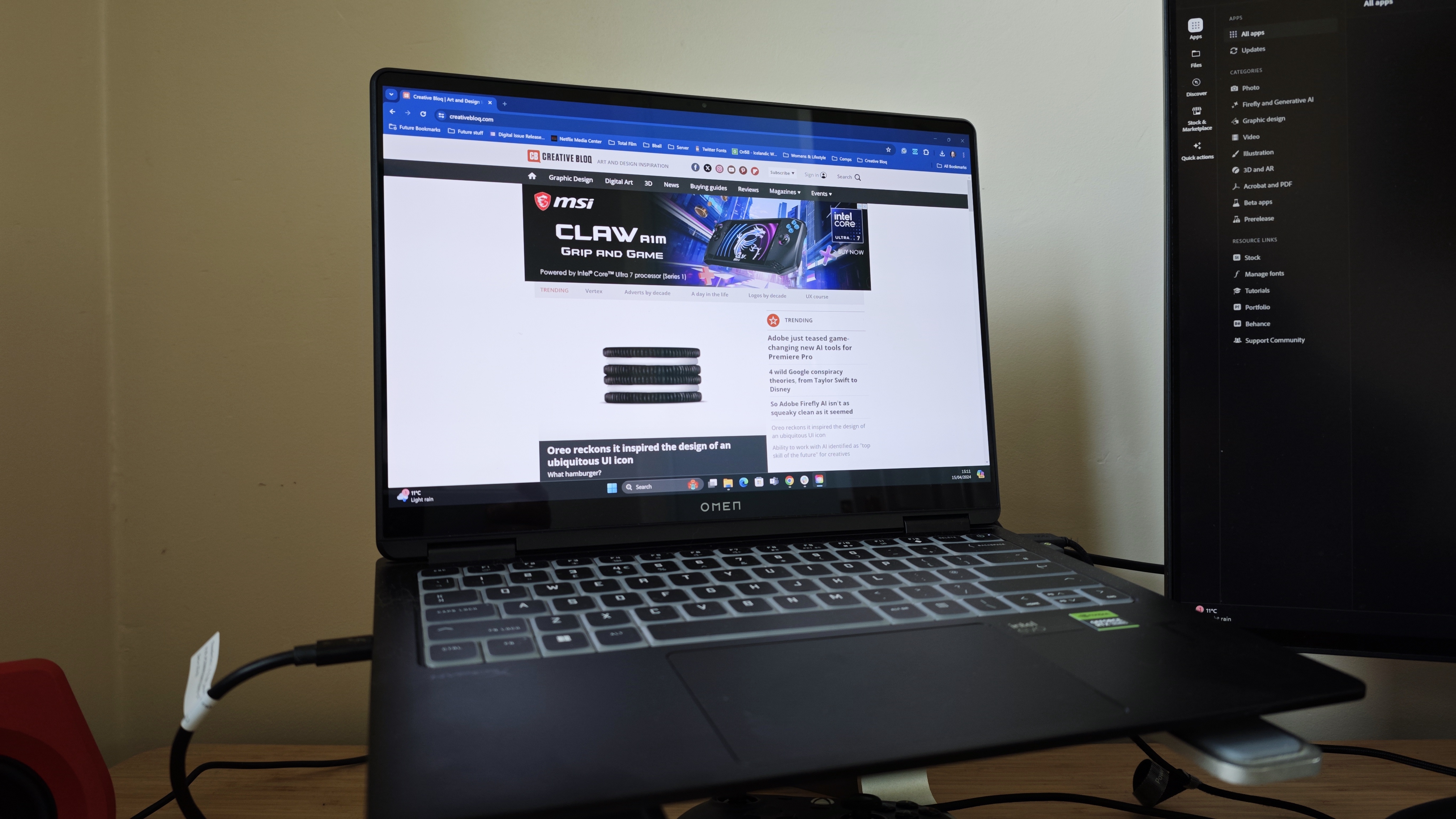
Specifications
30-second review: The brand-new-for-2024 HP Omen Transcend 14 is a sleek, relatively lightweight bundle of portable, powerful joy. When we tested it, we appreciated that it's another in a new generation of gaming laptops that don't look like gaming laptops; aka the holy grail for creatives.
Price: This level of performance doesn't come cheap; the HP Omen Transcend 14 costs $1,599.99/£1,449 for the base model and $1979.99/£1,799 for the model we tested in our full review.
Design: The 14-inch OLED screen is a joy, with 500 nits peak brightness (sounds average but the OLED tech makes it seem brighter) even in HDR mode. And it's got the trendy 16:10 aspect ratio, too, all without falling into the classic "gamer aesthetic" which can be offputting in professional environments. Plus, at just 1.63kg and 1.79cm thickness, it's highly portable - especially considering the level of performance it offers.
Performance: The top-spec model is magnificently powerful for the size, price and build, achieving some excellent benchmarks during our testing across creative tasks from 3D to photo editing – all of which you might need in your animation workflow. The AI tech is to thank for that, as it gives a boost to the already capable combination of the Intel Core Ultra 9 processor and NVIDIA RTX 4070 graphics. Multitasking is smooth, owing to its 32GB of RAM, too.
Battery: Despite all that power, the battery life was ample. We got around seven and a half hours with a moderately heavy workflow.
Learn more in our full HP Omen Transcend 14 review.

"The HP Omen Transcend is a next-gen gaming laptop and creative pocket rocket. It comes packed with an Intel Core Ultra processor with GeForce graphics to suit both gamers and creatives."
The best MacBook for animation
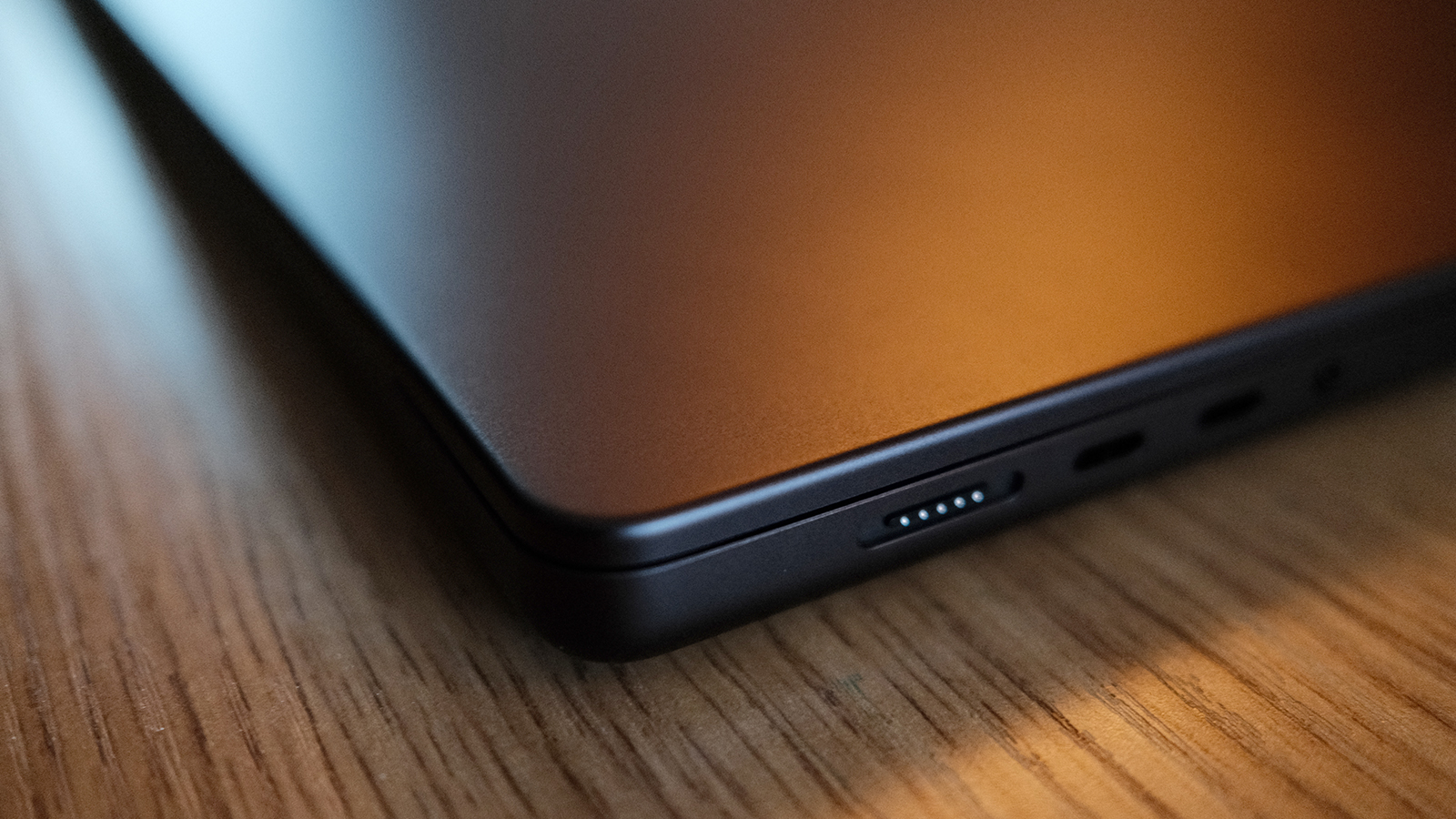
Specifications
Reasons to buy
Reasons to avoid
30-second review: The MacBook Pro 16-inch (M4 Pro, 2024) is a dream machine for animators, excelling in both 2D and 3D workflows. Whether you’re crafting complex motion graphics or rendering high-resolution frames, this laptop delivers industry-leading performance with style.
Price: It's expensive: the base model starts at £2,499, with higher spec configurations reaching up to £7,349. But when compared to equivalent desktop workstations, it's still worth the money.
Design: Apple’s classic unibody design remains a hallmark of quality. The 16.2-inch Liquid Retina XDR display is a standout, offering vibrant colours, deep contrasts, and up to 1600 nits brightness for HDR content. The slim yet durable chassis makes it a perfect companion for on-the-go animators. Ports include MagSafe charging, Thunderbolt 5, and an SD card slot.
Performance: The M4 Pro/M4 Max chips are tailored for heavy animation workloads. Tests with industry-standard software like Blender, After Effects and Cinema 4D show remarkable fluidity, even during complex simulations and rendering. Unified memory options up to 128GB ensure seamless multitasking.
Battery: A major highlight of our testing was the 22-hour battery life for media playback and 10-12 hours of intensive animation work.
Read more: MacBook Pro 16 (M4 Pro, 2024) review

"This MacBook is powerful enough for any use case. The portability and excellent battery life also make it suitable for working on the move."
The best 2-in-1 laptop for animation
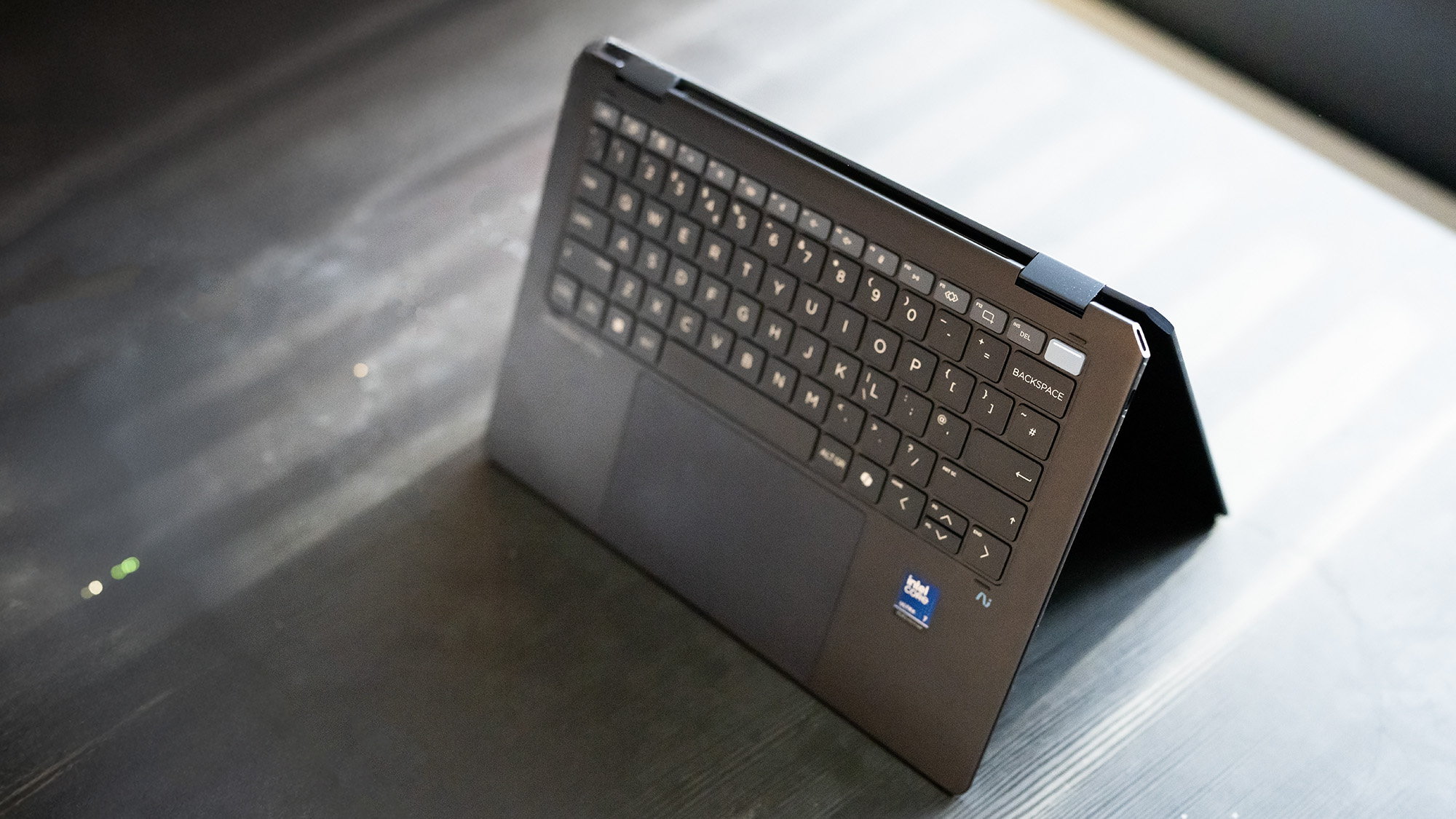
Specifications
Reasons to buy
Reasons to avoid
30-second review: It's not necessarily designed for animation first and foremost, but the HP OmniBook Ultra Flip 14 has enough chops to handle 2D work, thanks in part to the latest round of Intel processors. It's a 2-in-1, meaning it also has a tablet mode for those who like having the option to use that kind of configuration, and it has an embedded NPU for next-gen AI features.
Price: The HP OmniBook Ultra Flip 14 is gunning for a high price bracket. It goes for £1,899 (with 32GB RAM) in the UK and $1,599.99 (with 16GB RAM) in the States, and for that money you can get an M4 Mac. The HP does have a few assets of its own, like the 2-in-1 design or its generous 2TB storage, but it's still quite an ask.
Design: The distinctive 'cut-off corners' look of the OmniBook is pretty stylish as far as we're concerned, and it converts between laptop and tablet modes very smoothly. The screen isn't the brightest but it does offer good colour coverage, with our testing bearing out 99% of DCI-P3, 96% of Adobe RGB and the expected 100% of sRGB. There's also a big trackpad and plenty of ports, so all-in-all, we've no complaints in the design department.
Performance: It's worth saying up front that the GPU is probably the weakest aspect of the Omnibook. This may sound like a kiss of death for animators but it's all relative – the GPU offers decent enough power for 2D animation and makes this a solid choice for anyone starting out, or for anyone whose animation needs aren't too complex or demanding. Elsewhere, the laptop puts in a good shift thanks to its latest-generation Intel chip – its scores in our Geekbench tests put it around on par with a MacBook M2 or M3, which is certainly nothing to complain about.
Battery life: You can tell that Intel has been optimising its more recent chips for efficiency rather than raw power, and the Omnibook accordingly achieves a very respectable battery showing. We managed to keep it running for 12 hours before needing a charge, and if you're animating for longer than that, you probably need a work/life balance intervention.
Learn more in our HP OmniBook Ultra Flip 14 review

"This 2-in-1 laptop has entered AI-powered territory while combining the latest Intel processor with a sharp OLED screen. It’s a laptop for everyday use and is more suited to light creative work, rather than being a rendering powerhouse or a dedicated studio machine - and that’s OK. It's immensely portable and convenient for working on the go, and the excellent screen is a winner if you don’t need the big GPU."
The best OLED laptop for animation
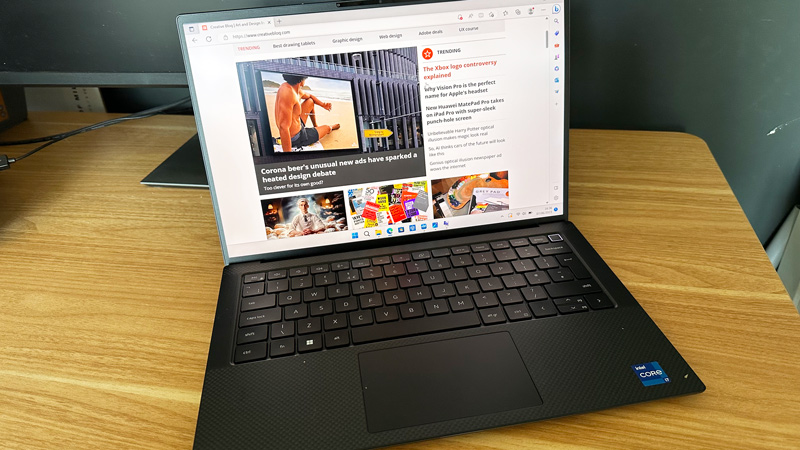
Specifications
Reasons to buy
Reasons to avoid
30-second review: It's a close call between the Lenovo Yoga Pro 9i gen 9 and our overall top pick, the ASUS ProArt P16. In our review, we called it a 'must-have' for creatives, especially thanks to its beautiful display combined with the AI-boosted CPU plus, the fact that it's a little more affordable than some of its similarly-specced competition. It features some useful AI tools, too.
Price: The Lenovo Yoga Pro 9i gen 9 starts at £1,635/$1,699, making it fairly comparable to other laptops of its class and good value overall.
Design: Lightweight and sleek by design, its aluminium chassis and solid hinge ensure that it's durable while still being portable. The keyboard ergonomics are fantastic, but the real hero is its 2.3K HDR 16-inch display, which has 1600 Mini-LED dimming zones that make it fantastic for animation. Unlike many modern laptops, the Lenovo Yogo Pro 9i gen 9 also offers a wide array of connectivity ports including a full SD slot.
Performance: Depending on which configuration you opt for, the Lenovo Yoga Pro 9i gen 9 can get pretty powerful, making it plenty capable for animators. The model we tested proved plenty capable at handling heavy creative loads, and the AI-boosted CPU certainly helps in this department. Also of use is Lenovo's Creator Zone, which features AI tools specifically included with creatives in mind, from optimising your creative tools to offering generative image creation that can actually learn your personal visual style.
Battery life: Alas, the battery life is the concession made by this otherwise excellent all-rounder. In our gaming test (which emulates creative loads), we got only two hours of battery life. When streaming with a slightly dimmed screen, that upped to eight hours.
Learn more in our Lenovo Yoga Pro 9i gen 9 review.

"This Lenovo Yoga is one of the best MacBook Pro alternatives on the market right now, and a must-have for creative professionals. It pushes the boundaries of performance and design to appeal to creative professionals, gamers or casual users who crave spectacular visuals since the stunning 3.2K mini LED screen is a joy to work on".
The best larger laptop for animation
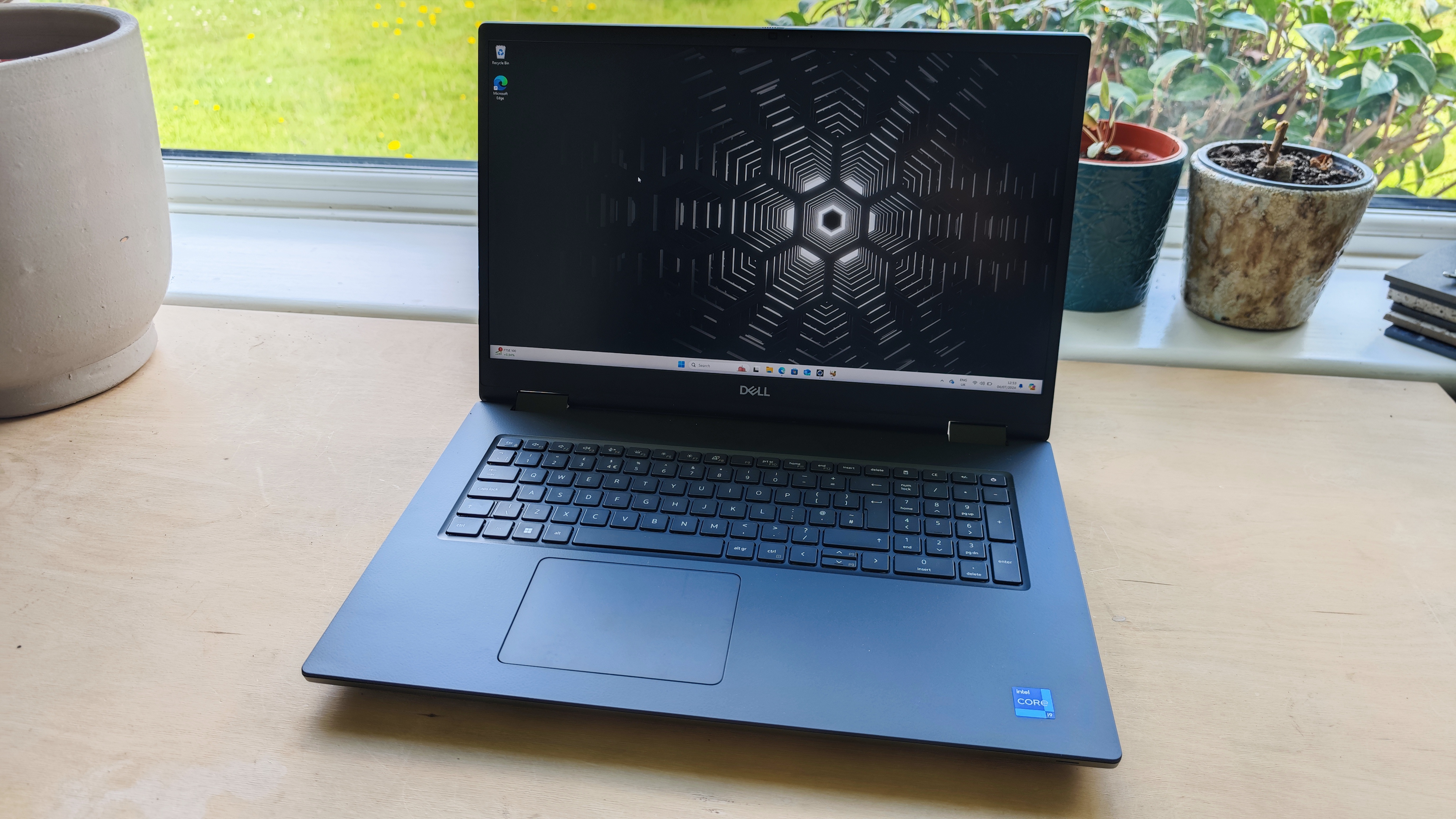

Specifications
Reasons to buy
Reasons to avoid
30-second review: If you're looking for pure power and have money to spend, this Dell is a great option, marketed as Dell's most powerful mobile workstation. Designed with creative professionals in mind, this 17-inch beast has a seriously powerful GPU and upgrade options that give extremely good benchmark scores across heavy creative tasks. It will be too much power for 2D animators, but those working in 3D and with video will find it very capable.
Price: The base configuration starts at $2,219/£2,924; so it's safe to stay this mobile workstation is a heavy investment. However, that's still good value for money; for the price, you get powerful components and an expansive display, which might be just what you need for animation work.
Design: While the build quality is solid, with thoughtful inclusions like the 180-degree hinge for flexible viewing angles, this model is heavy at 3.05 kg and quite bulky, so it isn't our recommendation for mobile working. Its off-centre trackpad may prove contentious, and another drawback is there's no 4K display here, and the aspect ratio is 16:9 rather than the 16:10 often favoured by creators. But our reviewer was pleased as it means a slightly slimmer chassis – and we also thought the Full HD display looked great.
Performance: Packing an Intel Core i7-13850HX and NVIDIA RTX 3500 Ada GPU, you can expect fantastic performance from the Dell Precision 7780. During our benchmark testing, it even managed to outperform some Intel i9-equipped competitors in certain tasks.
Battery: The 93 Wh battery offers a pretty dire lifespan - we only managed three hours of creative work - so it's best to keep it near a power supply.
Learn more by reading our Dell Precision 7780 review.

"The Dell Precision 7780 is a high-performing laptop with a generous 17.3-inch display and power that modern-day creative professionals crave. The screen real-estate is generous for applications such as Blender, Photoshop, and DaVinci Resolve, though I would have liked a better placed trackpad and 4K resolution".
The best dual screen laptop for animation
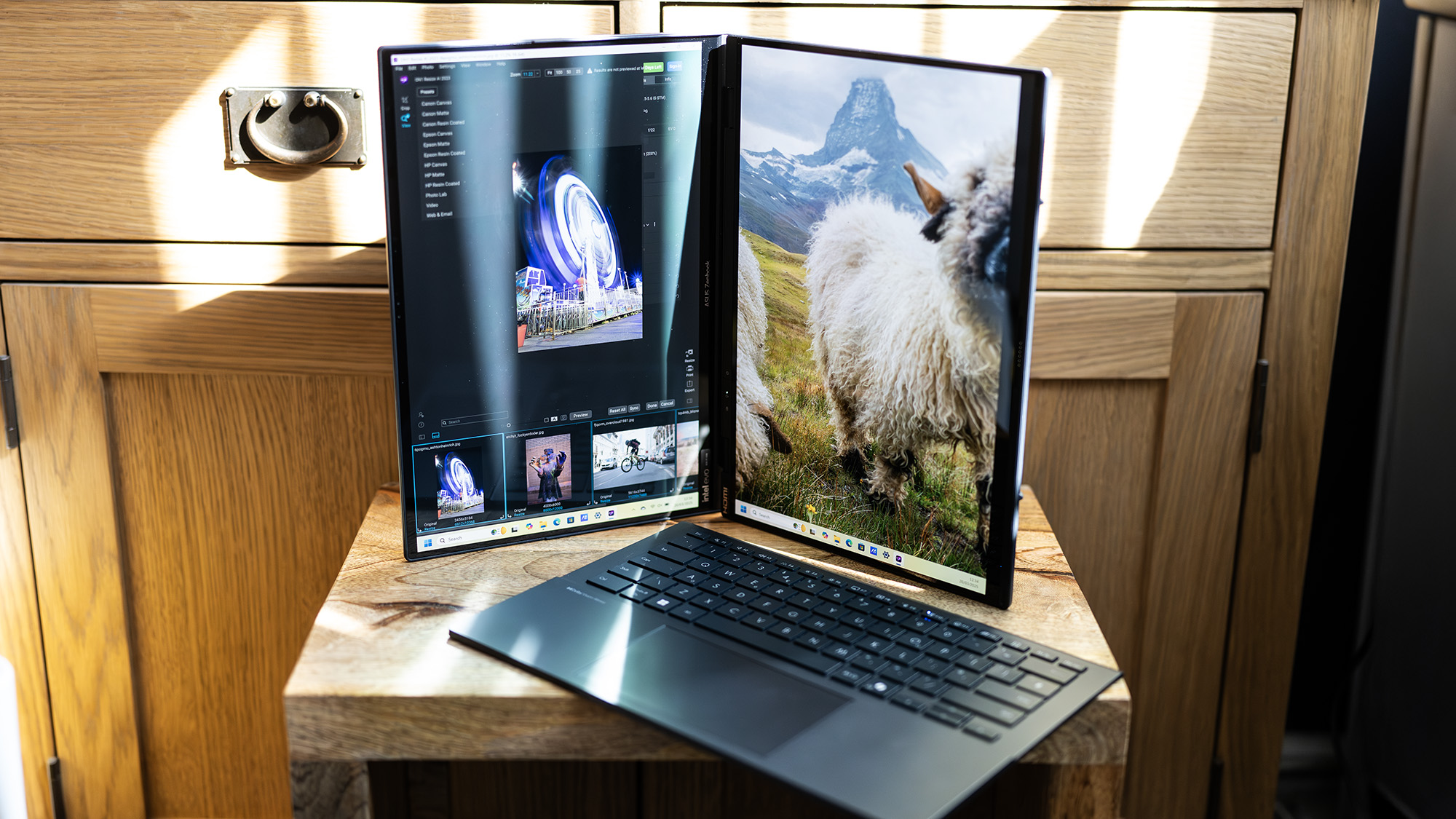
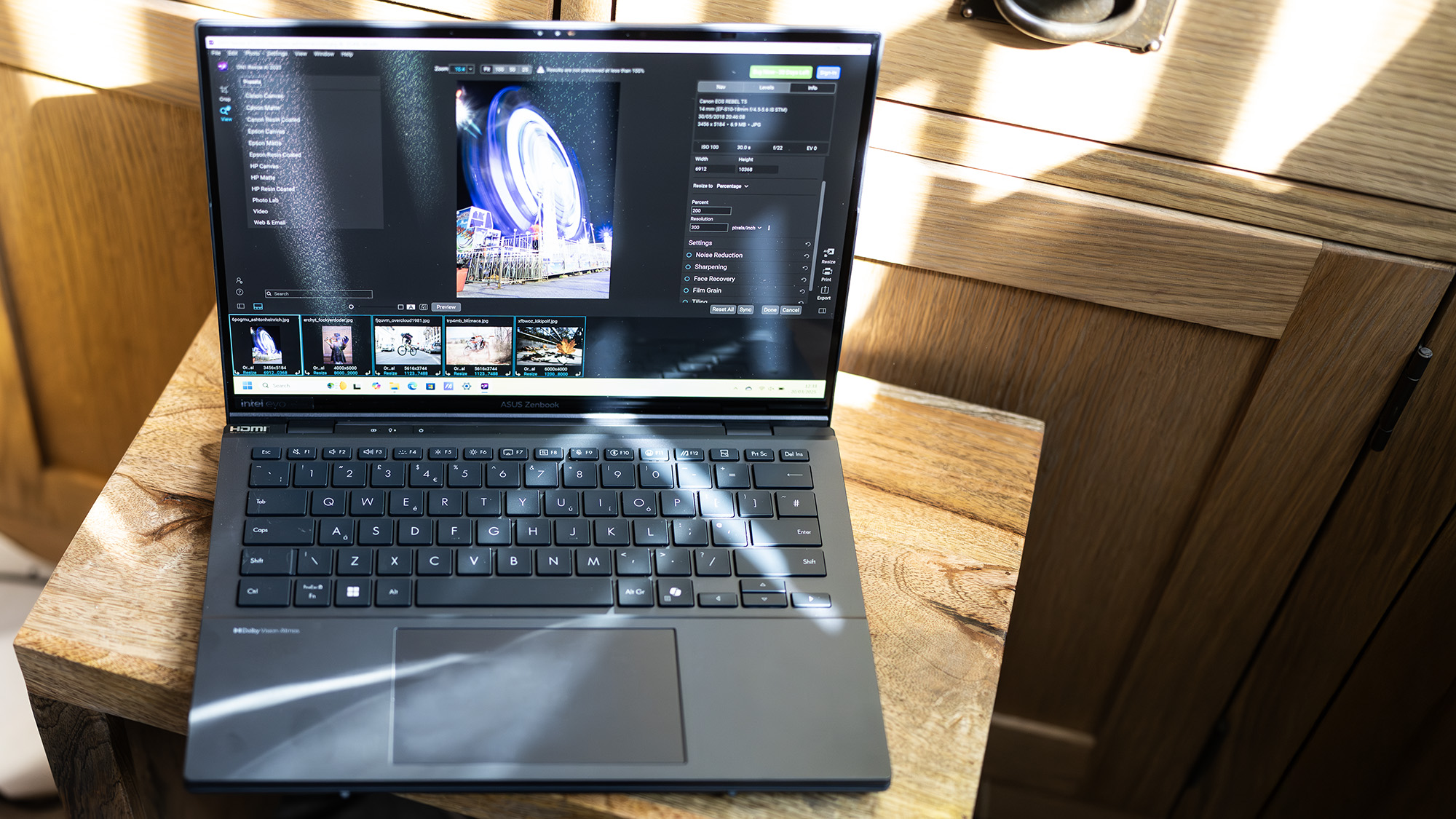
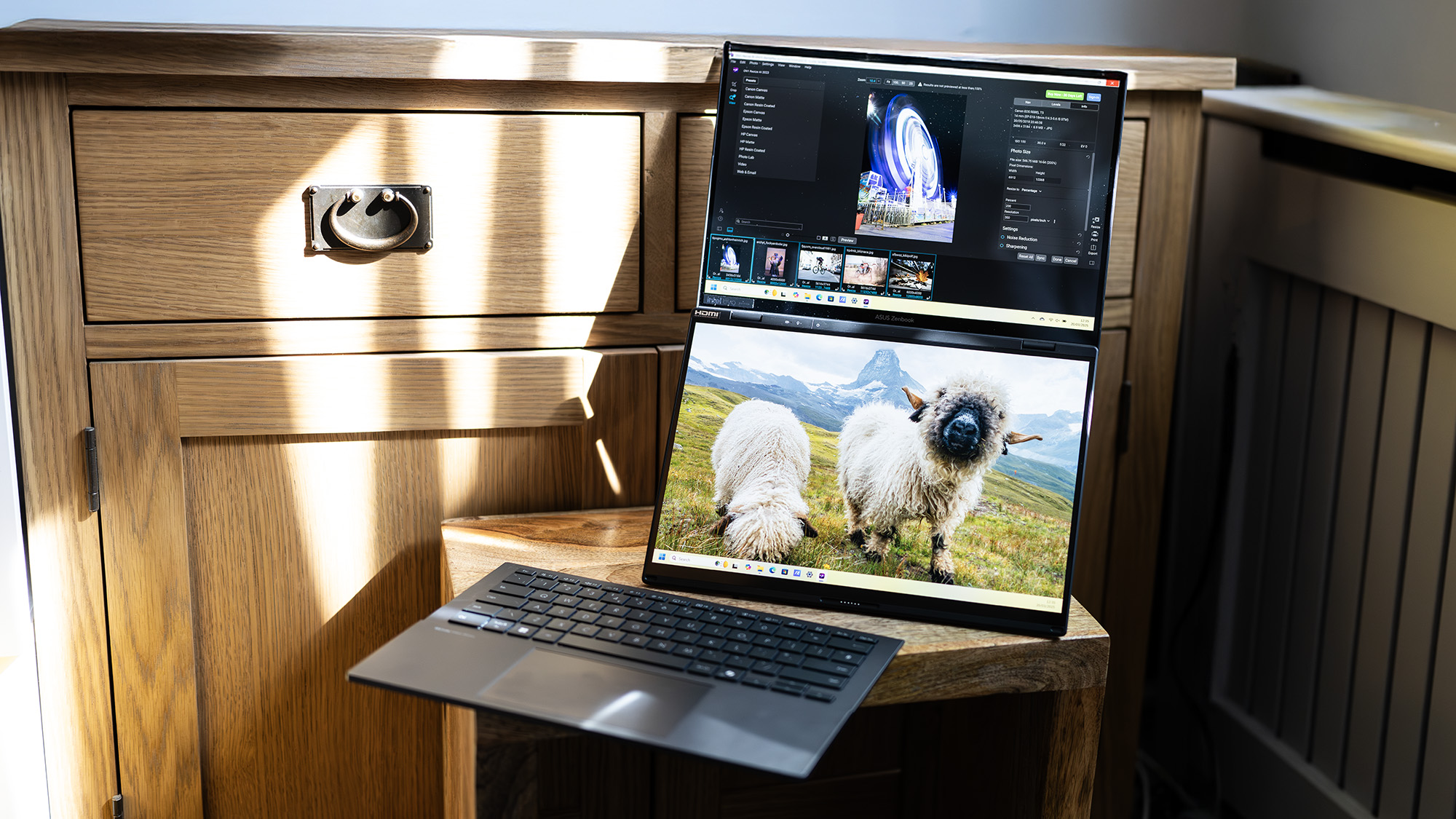
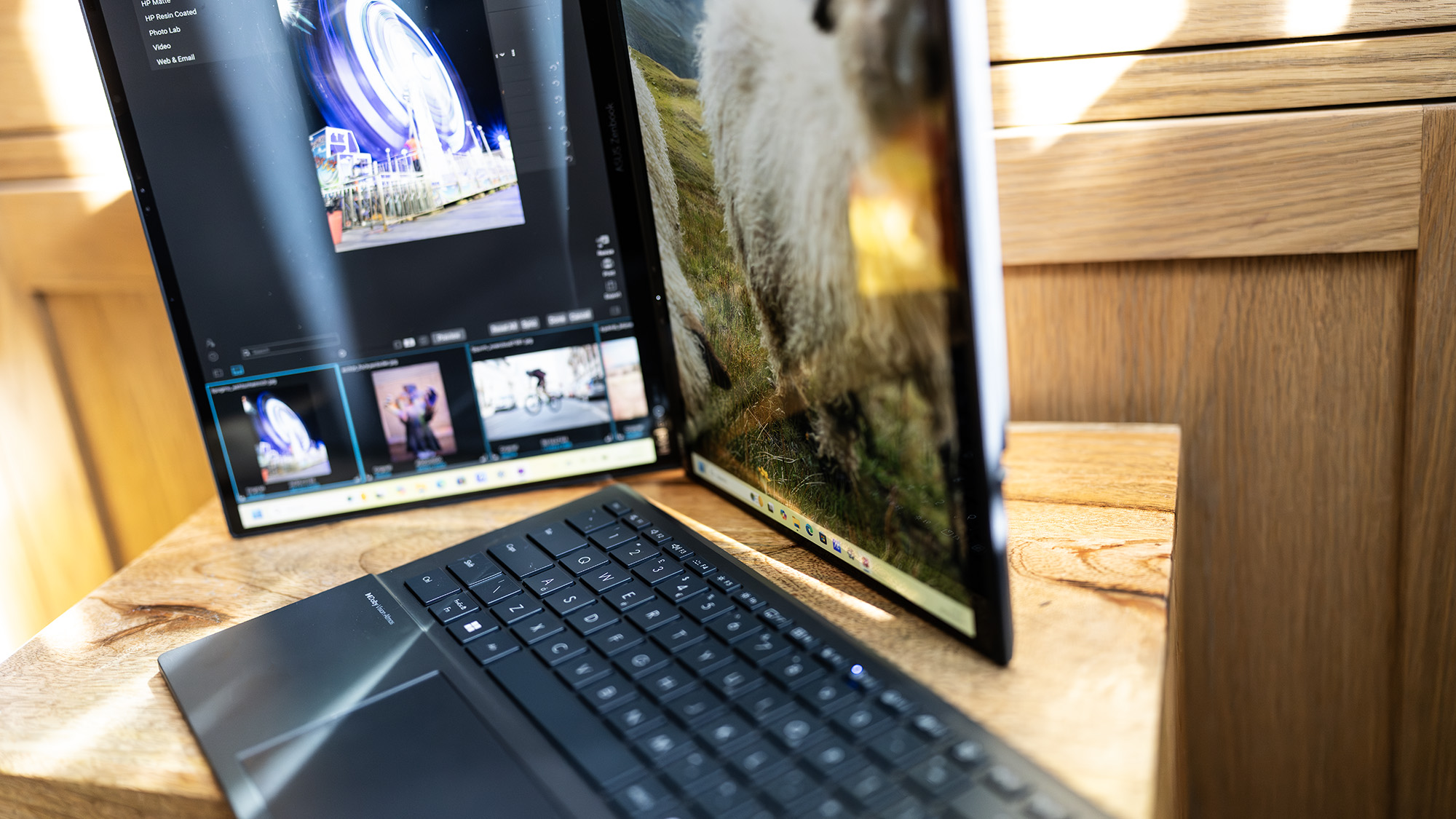


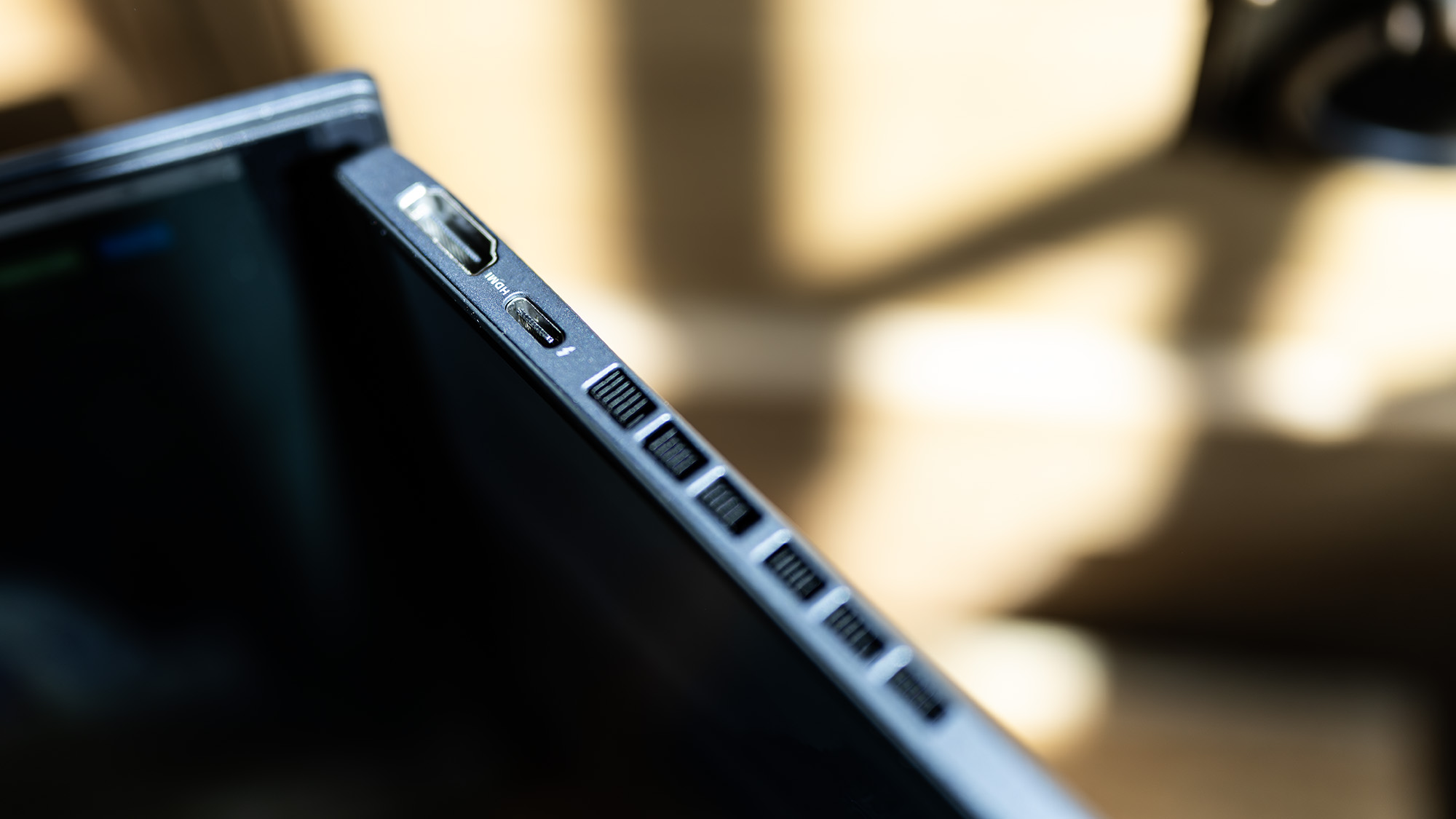
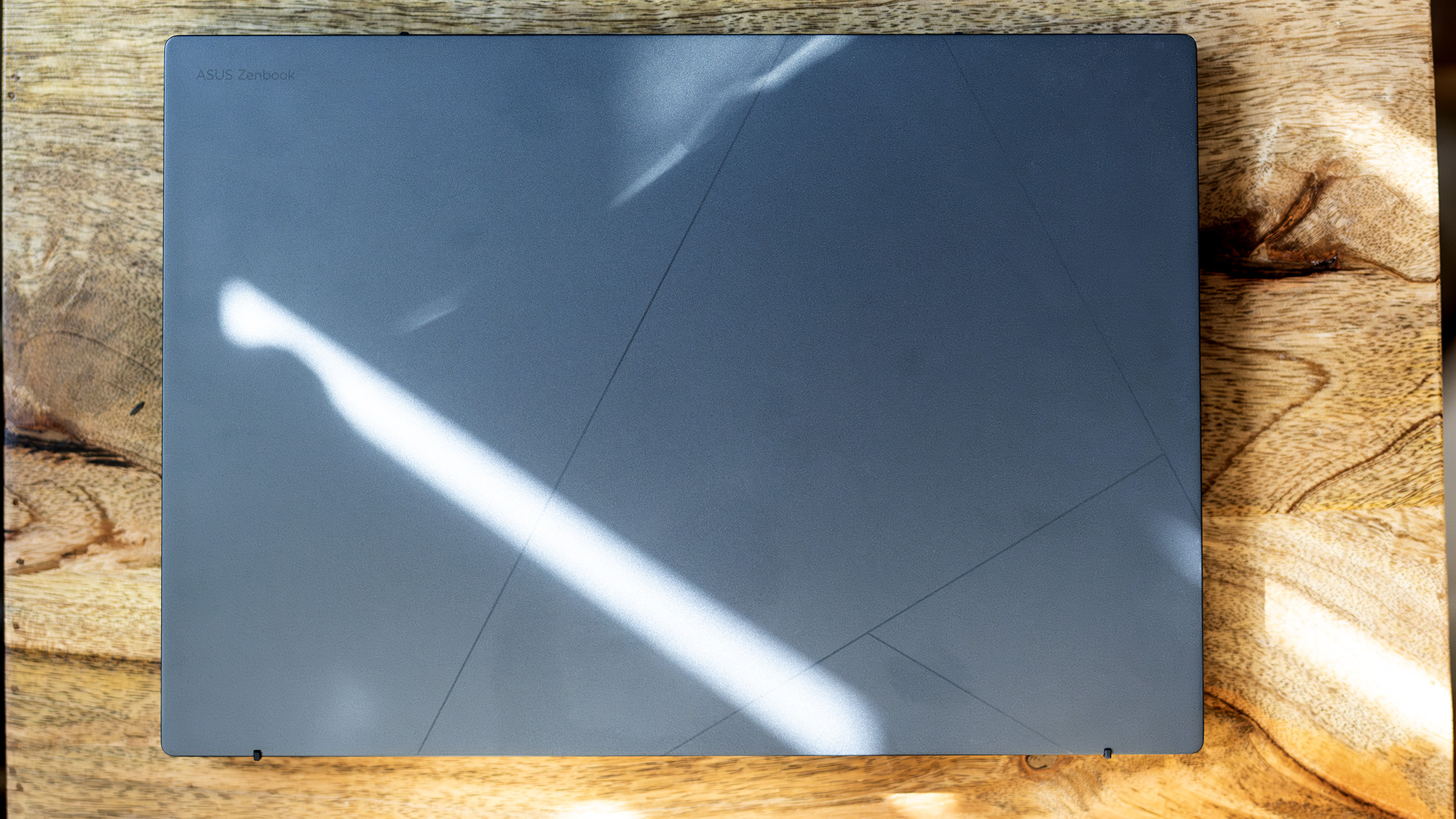
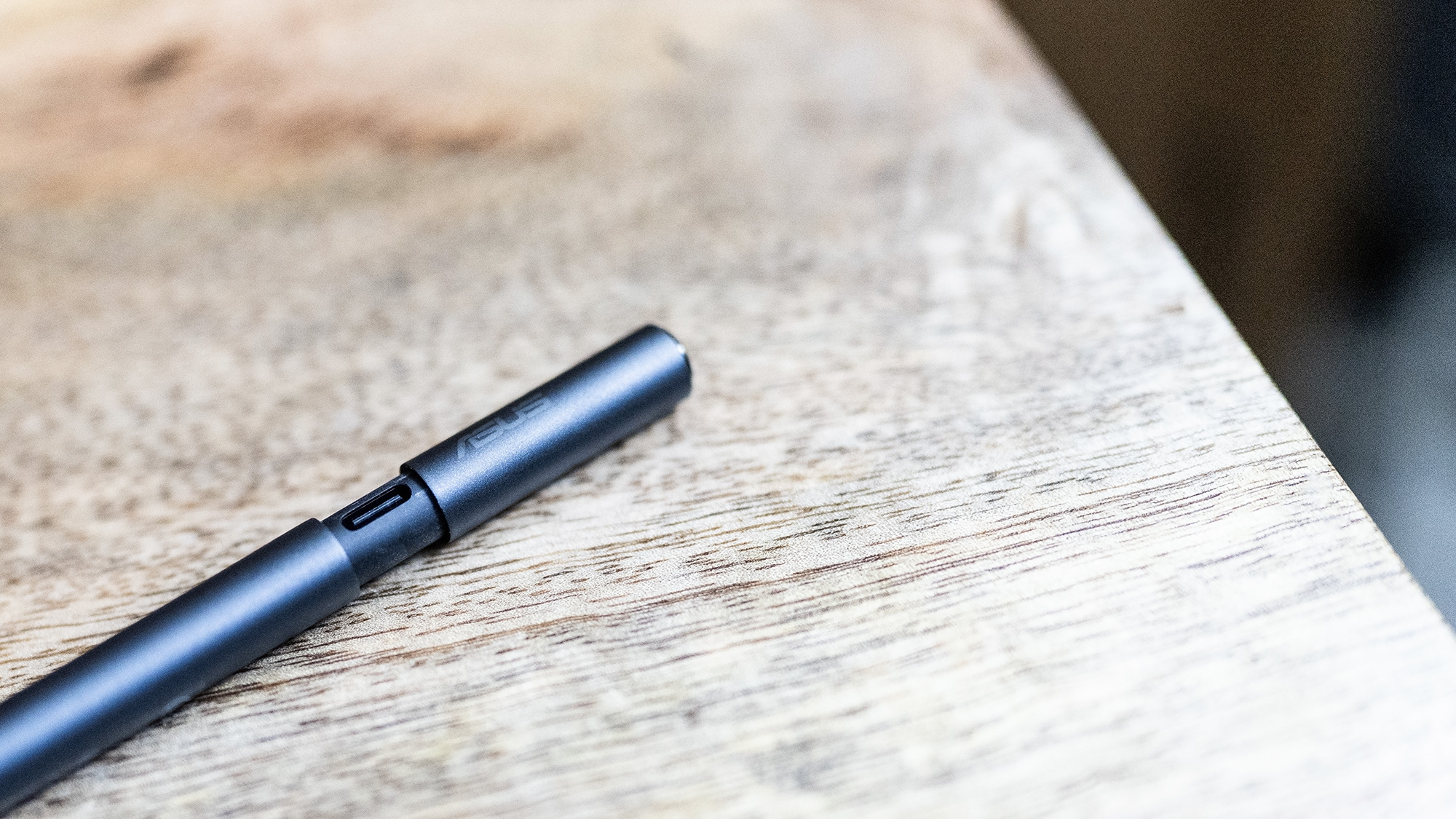
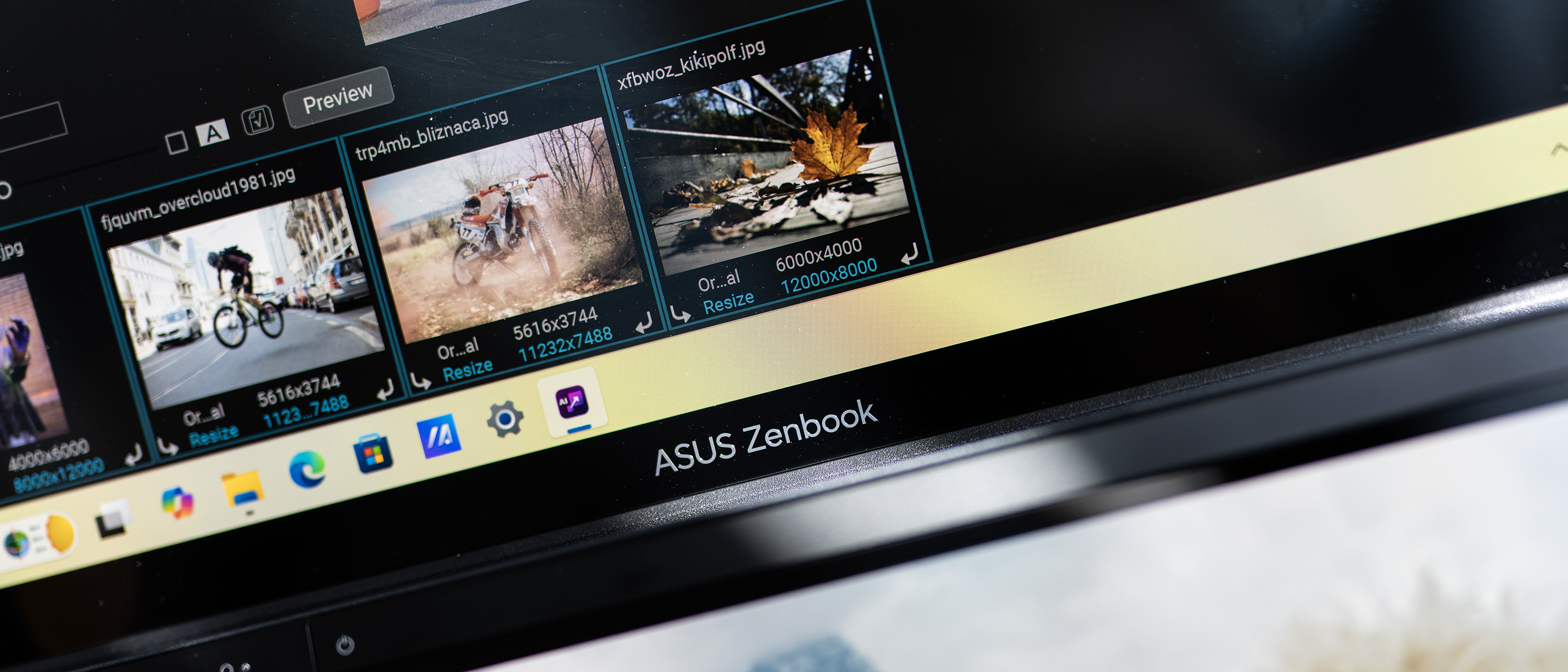
Specifications
Reasons to buy
Reasons to avoid
30-second review: The ASUS Zenbook Duo (2025) transforms animation workflows with its dual 14-inch OLED touchscreens that can be arranged vertically or side-by-side. The included ASUS Pen 2.0 stylus offers exceptional sensitivity with interchangeable tips that simulate different drawing tools, making it ideal for frame-by-frame animation and digital art creation.
Price: Starting at $1,799 / £2,099, this represents a significant investment for animation professionals. The innovative dual-screen design and powerful CPU help justify the cost for 2D animators and those creating motion graphics, though 3D specialists might prefer allocating this budget toward more graphically powerful alternatives.
Design: ASUS has perfected a transformative form factor that adapts to animation needs – use it as a standard laptop for scripting and editing, then unfold to dual-screen mode for animation production. The built-in stand enables multiple viewing angles, while the detachable keyboard creates an unobstructed drawing surface. At 1.65kg, it remains remarkably portable for animation work on the go.
Performance: The Intel Core Ultra 9 285H processor with 32GB LPDDR5X RAM gave us a Geekbench 6 multicore score of 16,052, which suggests it will handle 2D animation workflows seamlessly. However, the integrated Intel Arc graphics may become a bottleneck for complex 3D animation projects, especially when working with detailed textures or particle effects.
Battery life: 2D animators can enjoy over 10 hours of battery life using a single screen for drawing, though running animation previews on both displays will significantly reduce this duration. Studio-based animators should keep the charger handy during intensive work sessions.
Read more: Asus Zenbook Duo OLED (2025) review.

"Asus' gorgeous two-screened laptop returns for a 2025 refresh, with an improved Core Ultra 9 Arrow Lake Cpu model. It's as good as ever, although the lack of discrete graphics chip really let's it down - but if you can live with that then it’s a top-notch portable computing experience."
Best AI laptop for animation
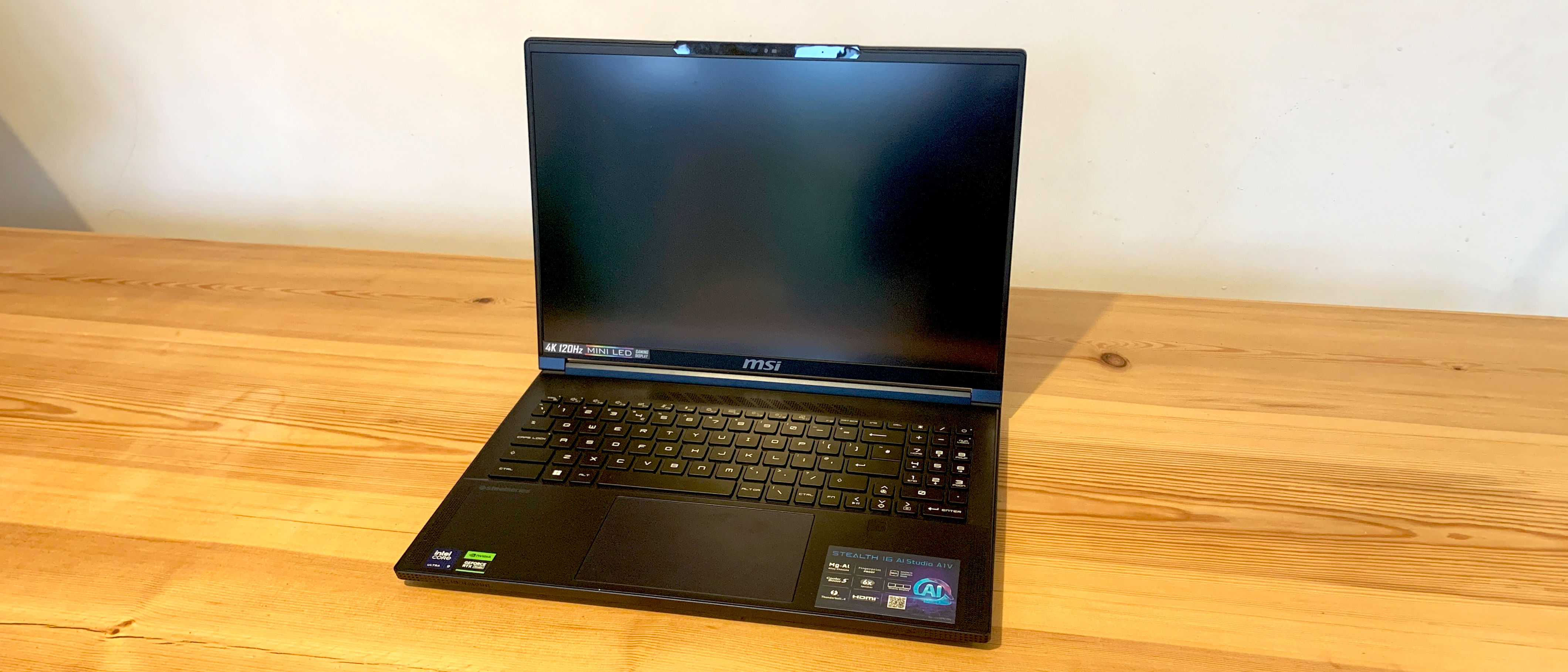
Specifications
Reasons to buy
Reasons to avoid
30-second review: If you don't want to sacrifice on power or portability, the MSI Stealth 16 AI Studio A1V is the laptop for you. It houses an Intel Core Ultra 9 185H processor, RTX 4090 laptop GPU, and 32GB of DDR5 RAM to handle even the most demanding creative workflows, making it excellent for animation. It's impressive, then, that it's (just) under 2kg in weight, and includes NPU technology for AI-accelerated workflows.
Price: As you'd expect for such a premium device, the list price is high at $4,099.99/£3,684.97. However, that's comparable to other laptops in its class, so we think it still offers decent value for money.
Design: Lightweight and slim at just 1.99kg and 19.95mm thick, we're truly impressed by how portable this high-performance laptop is. Being cased in a magnesium and aluminum alloy chassis does keep weight down, however, we'd hazard you'll want to invest in a case if you plan to work on the go, as the housing shows some flex. In terms of display, its 16-inch 4K (3840x2400) screen offers a 120Hz refresh rate for fantastic visual clarity, and the port selection is generous, including four USB-C ports, USB-A, HDMI, and a microSD card reader.
Performance: During our testing, the MSI Stealth 16 performed well in a range of environments, with Geekbench 6 benchmark scores of 11,504 for multi-core and 2,447 for single-core, while the RTX 4090 scored 160,998 in OpenCL tests. In Cinebench 2024, this laptop showed scores of 108 for single-core, 684 for multi-core, and 17,255 for GPU tests; in layman's terms, it's solidly capable.
Battery: While we did need to frequently charge this laptop during testing, and especially during intensive workloads, that's to be expected for such a powerhouse. You'll likely want to keep it plugged in most of the time, which does diminish its otherwise excellent portability somewhat.
For full details, head over to our MSI Stealth 16 review.

"Gamers and hybrid working creatives no longer need two laptops thanks to this powerful and slimline machine. The CPU and GPU are some of the latest and most impressive available, although it does come at a hefty price".
Also tested
The above may be our top picks for animation, but there are plenty of other options worth considering that we've also tested. Below you'll find some suggestions also well-suited for animation, which may be better suited to your particular needs and budget.
Dell Precision 5470 It might not look like much, but this machine is a portable powerhouse that, on test, proved to be plenty capable of handling a range of creative tasks. Our benchmark tests put it close to a MacBook Pro M2 Pro.
Read our 4.5-star review
ASUS Zenbook 14X OLED Housing a NVIDIA GeForce RTX 3050 graphics card paired with a 14-core Intel i9 processor as well as 32GB of RAM, this machine rivals the MacBook Pro in power while keeping the price tag below £/$1,500. We love its beautiful OLED screen, however it's lacking in the battery life department.
Read our 4-star review.
MSI Creator Z17 HX Studio Yes, it's pricey, but that nets you a powerhouse machine with a 16:10 display which supports a stylus, making it excellent for creatives. In our benchmark testing, it handled multitask whilst running creative apps with ease, however battery life left something to be desired.
Read our 4-star review
FAQs
What specs do I need in a laptop for animation?
The specs you will need in a laptop for animation will depend on what software you use, and it's always worth checking the minimum specs quoted by the developer. In many cases, thee minimum system requirements are not particularly high. For example, CelAction2D states a minimum of 8GB of RAM and an Intel i5 CPU, which is fairly standard.
There is a difference, however, between minimum and recommended. To refer to CelAction2D once more, they recommended 16GB RAM and an Intel i7 processor. Furtherrmore, 3D animation software such as Autodesk Maya, Adobe Animate and Blender, do require significant processing power for complex calculations and renderings. So if you're using tools like this ,we'd recommend a 10th or 11th generation Intel Core i7 or i9 or AMD Ryzen 7 or 9 series H. We'd also recommend going for a laptop with a dedicated graphics card.
For 2D animation, meanwhile, we recommend at least a GPU with 4GB of VRAM. For 3D animation, 8 GB of VRAM would be preferable. As for RAM, we'd recommend at least 16GB to be able to handle multiple layers and complex character rigs and provide smooth playback. Going to 32GB is likely to provide a smoother experience for extensive rendering and simulation in 3D animation.
You'll also need enough storage space to store your animation files. Solid-state drives (SSDs) are the way to go for the best read/write speeds, and you'll probably want at least 512GB.
Finally, you'll want a display with high-resolution (at least Full HD, 1920x1080) and good colour coverage and accuracy. Some animators like a touchscreen so that they can use a stylus for drawing and sketching, although there's also the option to use a graphics tablet for this.
Are gaming laptops good for animation?
Gaming laptops are some of the most powerful machines on the market, and increasingly creatives are finding themselves investing in an RGB-clad laptop to handle their processing and rendering needs - we've even included a laptop from Razer, famed for its gaming hardware, in our selection of the best laptops for animation above. Most of the best gaming laptops will be perfectly capable of meeting an animator's needs. If you're wedded to Apple, see our best MacBooks for college.
How to choose the best laptop for animation
Choosing the best laptop for animation for you will depend upon what type of animation, how you work and your budget. We've tested the laptops above for use with animation software, but some are more geared to professionals while others provide more portability or better value. All have the minimum requirements of a modern processor and at least 8GB of RAM (most can be configured higher than that, and would recommend going for 16GB if your budget allows it).
With the increasing popularity of GPU render engines like Redshift and Octane, you should also think about whether you will be using your GPU or CPU to render animations. For CPU rendering, you want to look for a high clock speed so the machine can animate in real time and handle the complex calculations needed to render animations.
For more complex 3D animations, you’re probably better off using your GPU, and so we’d suggest looking at laptops with a dedicated graphics card - especially if you’re going to be attempting final-quality rendering. While these will inevitably be more expensive, the drastic impact it will have on the speed of your workflow is well worth the investment.
How we test the best laptops for animation
We have tested all the laptops in this guide hands on. We run a series of benchmark tests on each device to measure power and performance, including:
• Cinebench R23/2024 - this assesses the performance of a computer's CPU and GPU using real-world 3D rendering tasks
• Geekbench 5/6 - this tests the CPU's processing power, both by using a single core for a single task at a time as well as all the CPU's core to see its ability to multitask
• PCMark 10 - this test assesses a computer’s ability to run all everyday tasks from web browsing to digital content creation, testing app launch speeds, running drawing and animation software, performing 3D rendering, and it also tests its battery life
As well as technical benchmarking, we evaluate machines in real-world situations, using animation software such as Adobe Animate and AutoDesk Maya and also push them to the limit with multiple applications running. We evaluate power, speed, display, design and build as well as value. For more details, see our article on How we test.
Daily design news, reviews, how-tos and more, as picked by the editors.

Erlingur is the Tech Reviews Editor on Creative Bloq. Having worked on magazines devoted to Photoshop, films, history, and science for over 15 years, as well as working on Digital Camera World and Top Ten Reviews in more recent times, Erlingur has developed a passion for finding tech that helps people do their job, whatever it may be. He loves putting things to the test and seeing if they're all hyped up to be, to make sure people are getting what they're promised. Still can't get his wifi-only printer to connect to his computer.
- Tom MayFreelance journalist and editor
